First published November 2021 | Words and photos by Vietnam Coracle
This post was last updated 3 years ago. Please check the comments section for possible updates, or read more on my Updates & Accuracy page.
In late April, 2021, as Vietnam celebrated the Labour Day long weekend, an outbreak of Covid-19 took hold that would render all others insignificant. The ‘fourth wave’, as it became known, rocked the nation. Up to that point, Vietnam’s pandemic response had been extraordinarily successful. But, this time, the outbreak spread quickly, leading to thousands of deaths, severe lock-downs and massive job losses. Before travel restrictions were imposed, I left my home in Saigon by motorbike, knowing there was a chance things could get very bad in the city and that I wouldn’t be able to return for a long time. Over the next few months, Saigon became the epicentre of the fourth wave – enduring the harshest lock-down in the nation – and the majority of my social group left the country for good. I, on the other hand, travelled west, meeting new and interesting people along the way, and spent six months living on an island.
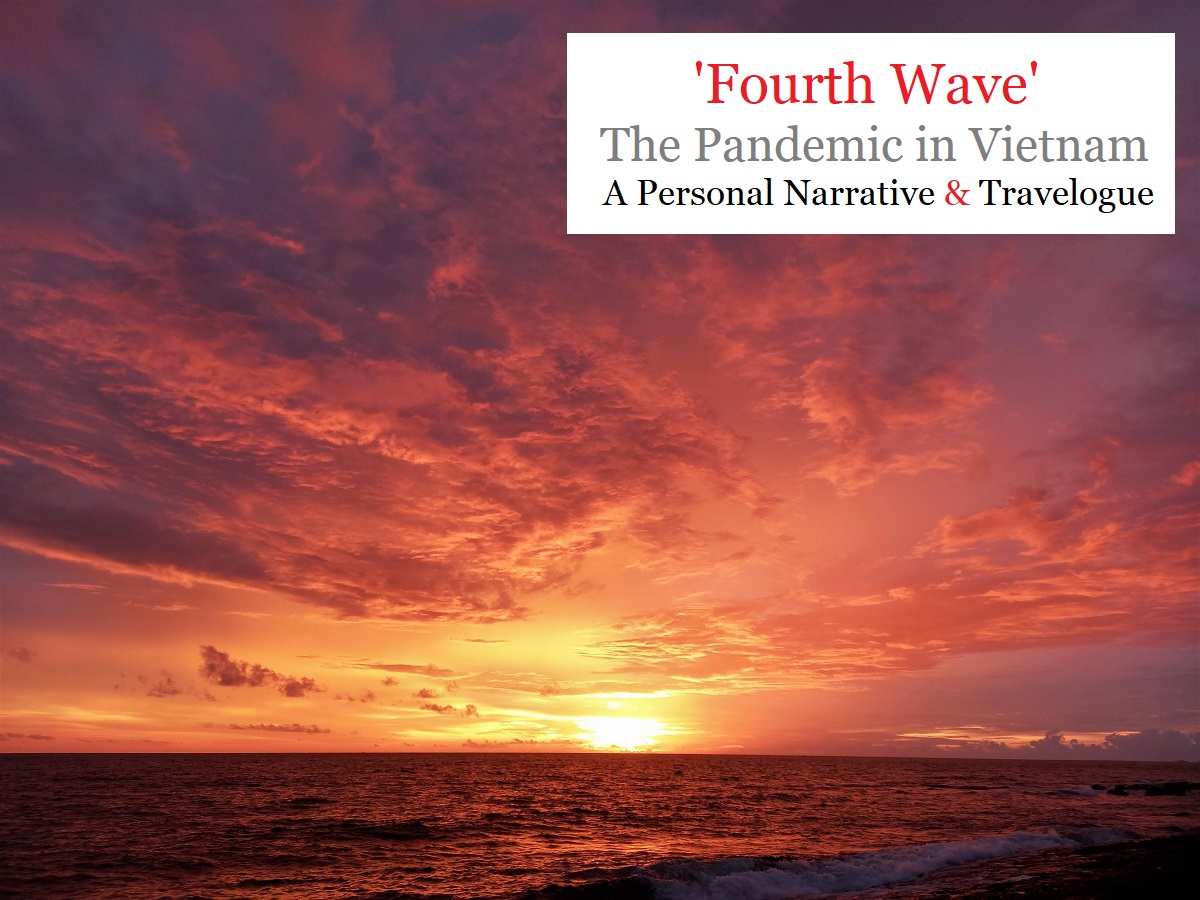
[Back Top]
‘FOURTH WAVE’: PANDEMIC IN VIETNAM
This is a long-form personal narrative and travelogue describing my experience of Vietnam’s fourth wave. I recognize my circumstances were fortunate and privileged, and therefore not representative of most people’s during that period. Nevertheless, I feel my experience of the fourth wave was unique, interesting and worth writing about. Although this narrative is about me, it’s also about the people I met, the places I travelled and, more broadly, about the pandemic in Vietnam. I’ve attempted to write a story based on my time during the fourth wave for anyone who wants to read, even if that’s only my family and friends. At the time of writing, Vietnam’s fourth wave is ongoing.

See Related Posts for more pandemic articles
CHAPTERS:
5. Exodus
6. Separation
7. Re-opening
*Please Support My Site: I never receive payment for anything I write: all my content is free to read and independently financed. There’s no sponsored content whatsoever. If you like this article, please consider making a donation or becoming a patron. Thank you, Tom
MAP:
My Pandemic ‘Fourth Wave’ in Vietnam
View LARGER MAP
*Disclaimer & Disclosure: This is not a piece of journalism. Rather, it’s a personal recollection & an attempt to tell a story based on my experience during the 4th wave of the pandemic in Vietnam. In this account, I am most concerned with the narrative & my own emotional & intellectual response to, opinions of, and reflections on, the Covid-19 outbreak in Vietnam between May-November, 2021; I am less concerned with exact figures & dates. If you wish to fact-check anything in this piece, it should be possible with a simple Google search. I have no affiliation with the Vietnamese government nor do I belong to any other political group in Vietnam or abroad. The opinions & ideas expressed in this article are my own & I have not received payment of any kind: I’ve written this article only because I want to. Much has been written about Vietnam’s pandemic response (both positive & negative) in the domestic & international media, most of which is available online for free. I encourage anyone whose interest is sparked by anything written on this page to read more on the subject. My account is only one perspective. For more details, see my Disclosure & Disclaimer statements and my About Page.

Escaping the Wave
I emerged from a monsoon downpour on my motorbike into the tree-lined grid of backstreets in Mỹ Tho. At an open-sided coffee shop I stopped for an espresso and changed out of my rain suit, before continuing over the Rạch Miễu Bridge across the Mekong River. In the half-light of dusk, the sun left a strip of orange peel on the horizon in an otherwise black sky. The river was dark, save for patches of rippling water illuminated by searchlights from freight barges. Beyond the bridge, backroads led through fruit orchards and plantations, fragrant and cool after the rain. My damp clothes began to dry and I felt pleasantly warm and comfortable riding across the vast, flat expanse of the Delta. On the quayside waiting for a ferry across another branch of the Mekong, I sat stationary on my motorbike, huddled together with a few dozen other waiting passengers. The moon shone on the water and the river was beautiful, but the mood on the pier was hushed and nervous – not like the usual ferry-waiting crowd at Mekong River crossings; full of chatter and children and purring engines. Most of us were escaping.
In Saigon, the fourth wave had been gathering momentum over the previous few weeks. A lock-down seemed imminent: this was the last chance to get out of the city before restrictions were imposed. Waiting on the pier in the moonlight, I started to feel relieved: I’d made it out. It was late May and I had no idea when I’d be returning.

*
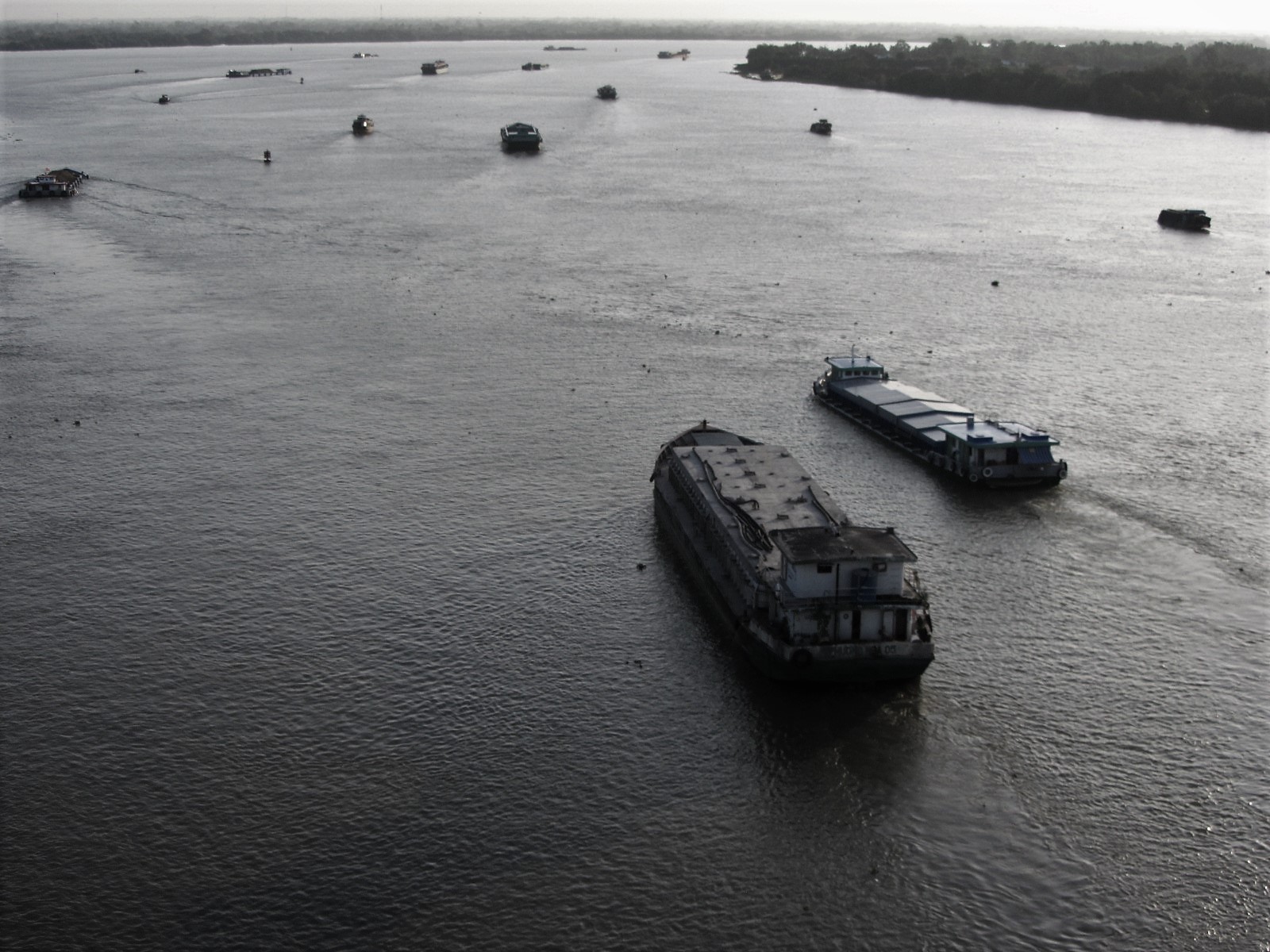
In the first few months of 2021, the pandemic did not dominate most people’s lives in Vietnam. Covid-19 had never really taken hold in 2020, thanks largely to an excellent national pandemic response. At the turn of the new year, much of the nation was looking forward to moving on from the virus. Even as most Western countries scrambled to begin their national vaccination programs, there wasn’t much talk of inoculations in the Vietnamese press. The pandemic appeared to be under control here, so there seemed no rush to vaccinate. In my own country (the U.K), the pandemic had been so badly managed that the vaccine was their only way out. It didn’t feel that way in Vietnam. Indeed, I began the new year on a camping trip with my friends, celebrating the end of what had been for much of the world a ‘lost year’, and ushering in what we all hoped would be a brighter, ‘post-Covid’ era. We had no idea that 2021 would turn out to be our pandemic year; our lost year.
Vietnam’s fourth wave began at the end of April, 2021, during a national holiday when millions of people, including myself, travelled domestically. At the beginning of the fourth wave, the national count for Covid-19 infections since the pandemic began was just a couple of thousand; by the time I’m writing this, 6 months later, it’s about to exceed one million.
*
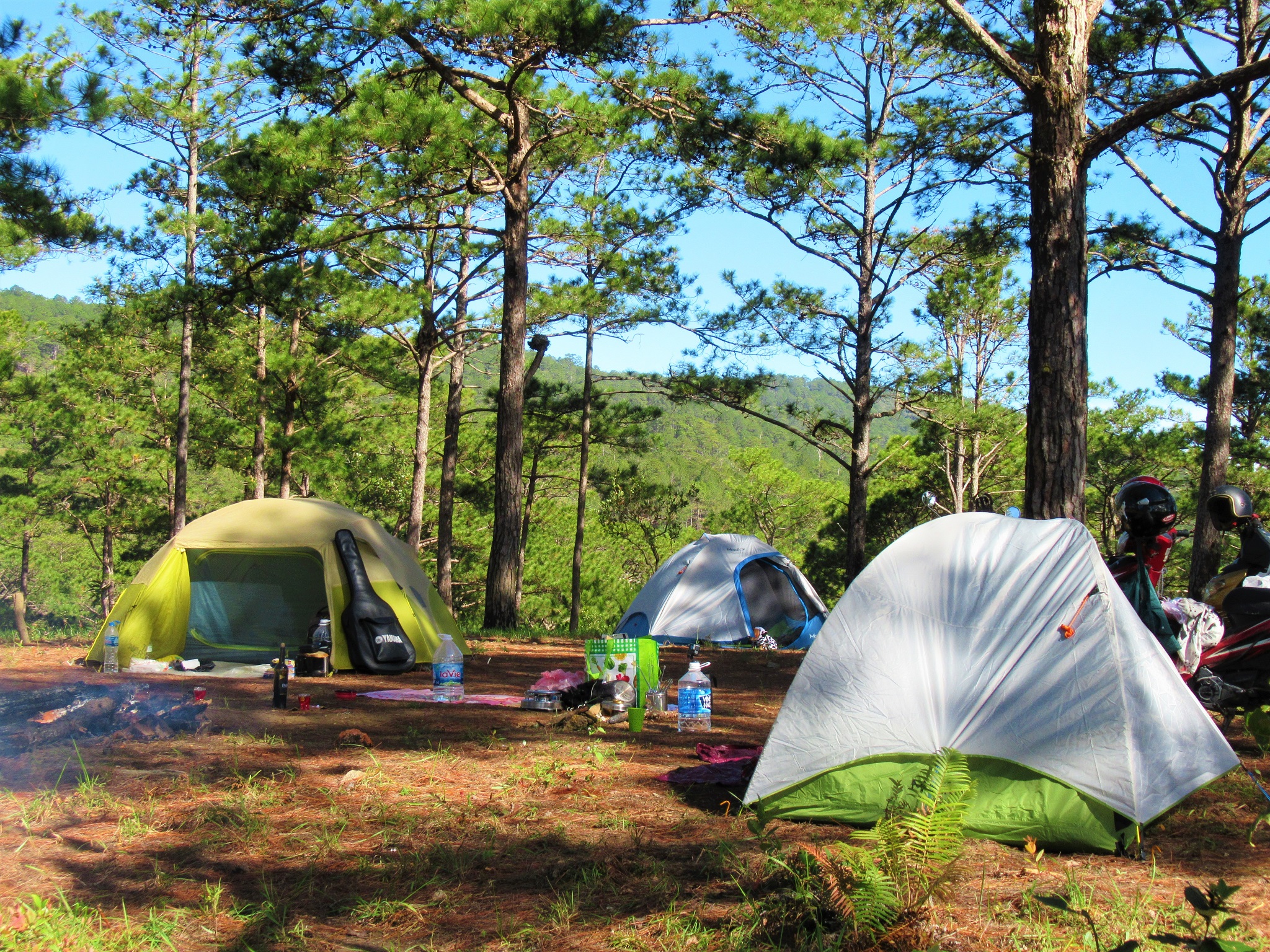
Drifting silently on the ferry across the Mekong under moonlight, a pale-orange light flared on the horizon to the south, emanating from the riverside city of Cần Thơ. I’d called ahead that morning to book a hotel there. After establishing I hadn’t been to any of the ‘red zones’ in Saigon with active Covid-19 cases, the hotel accepted my reservation. Once the ferry deposited me on the riverbank, I was just a hour’s ride on the highway from my destination.
The city was quiet when I crossed the bridge into the centre just before 10pm, but noodle soup stalls and streetside cafes were still open (in Saigon, indoor dining had already been banned). I stopped to pick up a box of chicken rice from a Chinese restaurant on Đề Thám Street. At the hotel I checked in without any issues. The lobby and corridors were empty and echoey. It began to rain again. Outside, there were no lights in any of the other hotel windows. It occurred to me I might be the only guest. I ate my chicken rice and went to bed for my first night of voluntary exile.
*
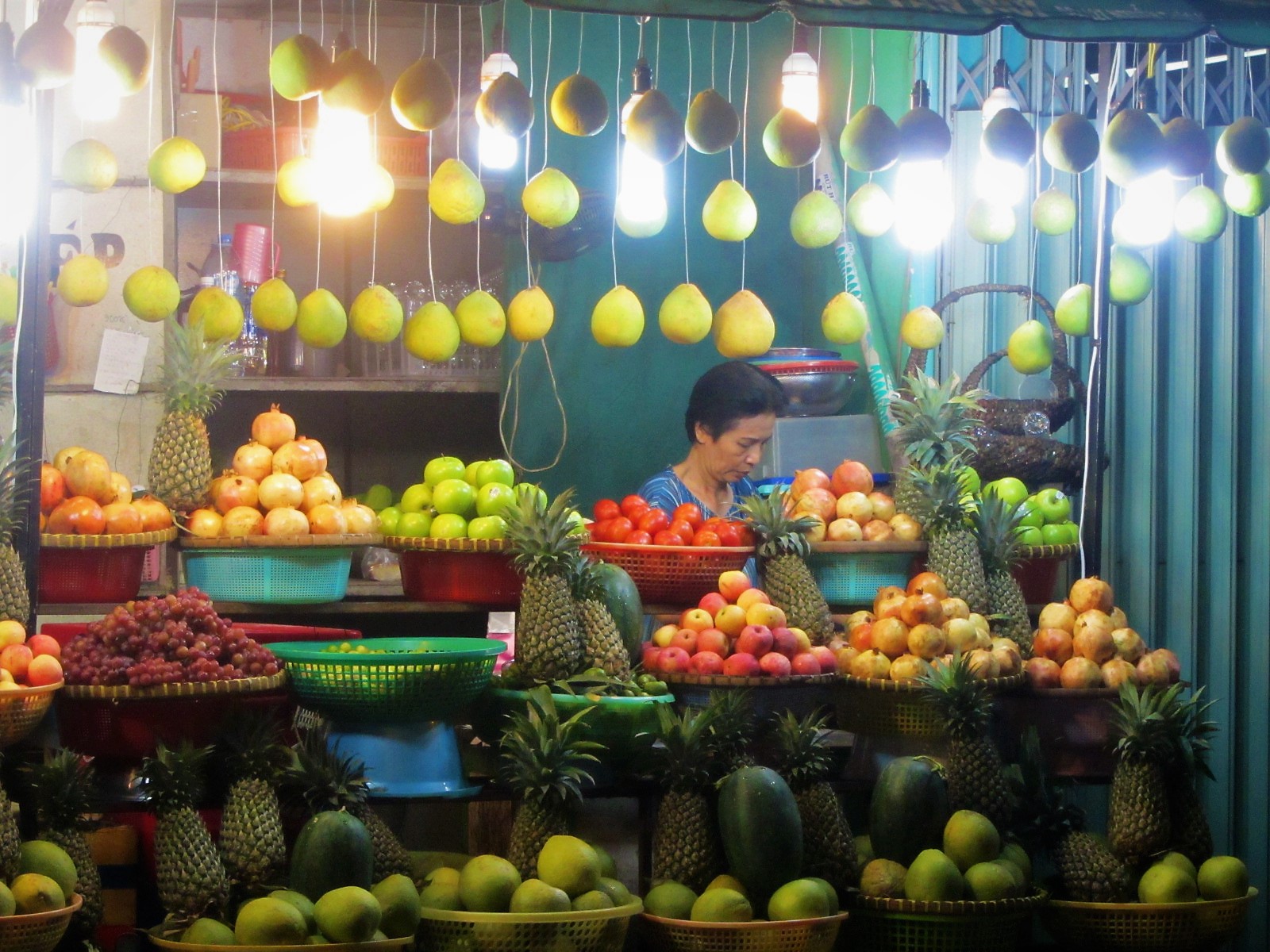
By the time I left Saigon, schools had already been closed for a month, including the language centre where I teach. The keystones of my daily life in the city were all either closed or restricted: street food, local markets, interactions with the people I regularly purchase from, wandering alleyways and neighbourhoods, teaching my students, writing in cafes, playing tennis, sprawling evening meals and conversations at al fresco restaurants and bars with friends. There was nothing left for me in Saigon; I had no reason to stay. Without teaching, my work shifts entirely to this website, which I can do anywhere as long as I have my laptop and an internet connection. A full lock-down was looming and, just as with the first lock-down in April, 2020, I would rather spend it anywhere but Saigon.
I wanted to leave and I knew I had to do it soon, before travel restrictions were imposed. But, although my tennis club had closed, the tournament I was competing in was still underway and I was reluctant to pull out. My match was scheduled for Sunday, but in a practice session on Friday night, I slipped and tore a ligament in my knee. The next morning I could hardly walk, so I contacted the tournament organizers and withdrew. Then, I packed my bags and rode out of Saigon for the Mekong Delta. Cần Thơ hadn’t recorded any Covid-19 cases in the fourth wave so far, and it was reachable in a few hours by motorbike.
I arrived on Saturday night. Twenty-four hours later, Saigon locked-down completely, travel restrictions were imposed, and hotels throughout the country ceased to accept guests arriving from the city, some imposing mandatory quarantine for 14-21 days. Over the next weeks and months, Saigon became the epicentre of Vietnam’s worst outbreak of the pandemic by far, accounting for over half of all cases nationwide.
*
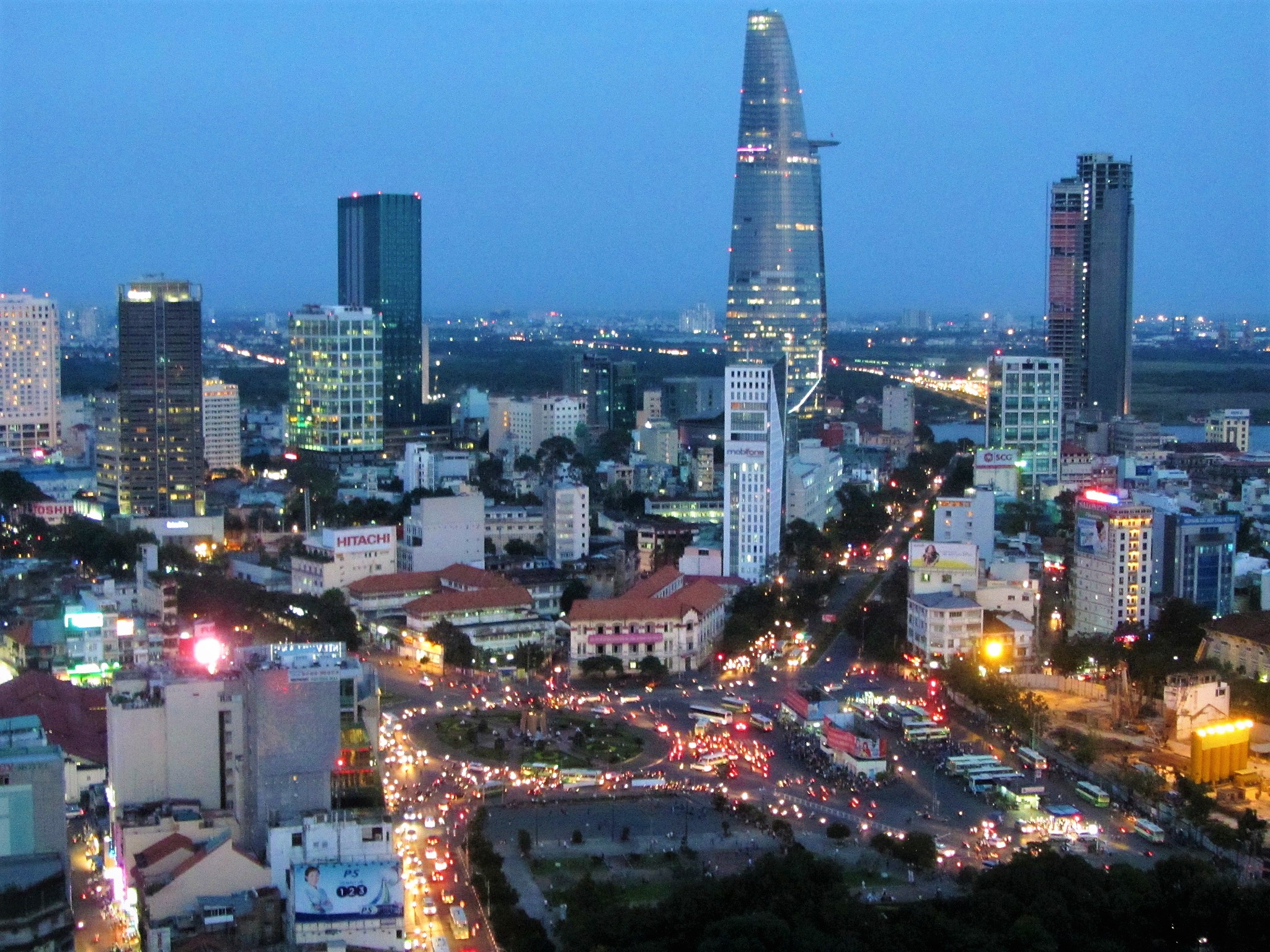
Prior to April 2021 and the advent of the fourth wave, most people in Vietnam had essentially been living a ‘normal’, pre-Covid life. For almost a year, since the end of the first nationwide lock-down in April 2020, businesses had been open, people went to work, students studied in school, domestic travel on all forms of transportation was operating at full capacity, cities were busy and the economy was in good shape, especially compared with much of the rest of the world. For several months after the initial lock-down, people were still fairly cautious. But, soon, most of my students stopped wearing masks (a relief for me as a teacher, because masks make it impossible to hear students’ enunciation), the school security guards became more lax about taking everyone’s temperature and squirting sanitizer on their hands before entering the building, sneezes and coughs were rarely stifled, men rarely washed their hands in bathrooms, and domestic travel was booming.
Vietnam was justifiably proud of its successful pandemic response. To put this into context, before April 2021, Vietnam had experienced three so-called ‘waves’, each one accumulating no more than a few hundred Covid-19 cases, and the total death toll for the entire pandemic was just 35. Each of the three ‘waves’ was interspersed by long periods of many months without any recorded cases. In Vietnam, we hadn’t forgotten the virus – it was still the main news item almost everyday – but, understandably, it no longer dictated people’s actions on a daily basis.
*

The only other guest at my hotel in Cần Thơ was Josh Zukas, a free-lance travel writer based in Hanoi, who was on a research trip for the next edition of Fodor’s Vietnam travel guide. We’d not met before, but over breakfast quickly discovered we’d exchanged emails some years prior, praising each other’s work. Meeting Josh was a happy coincidence. We shared the surreal but comfortable surrounds of the empty hotel and met for food, drink and conversations around the city. Cần Thơ was quiet but remained relatively open: shops, noodle houses and markets were all functioning and river traffic continued to stream by on the inexorable current of the Mekong. It was a pleasant place to be. The rainy season was setting in: each afternoon thunderclouds reared overhead before delivering a payload of rain on the city, releasing its inhabitants from the grip of the intense tropical heat. I felt safe, I could work on my website, and my knee had time to rehabilitate – taking walks along the riverside promenade or strolling across the foot bridge for coffee at The Lighthouse and soaking up the atmosphere on the backstreets near Cần Thơ market. When Josh’s partner, Biên, arrived from Hanoi, they left Cần Thơ for Phu Quoc Island. I planned to follow in the next few days, after I’d completed a 14-day stay at the hotel, which would amount to an informal period of self-isolation since arriving from Saigon.
*
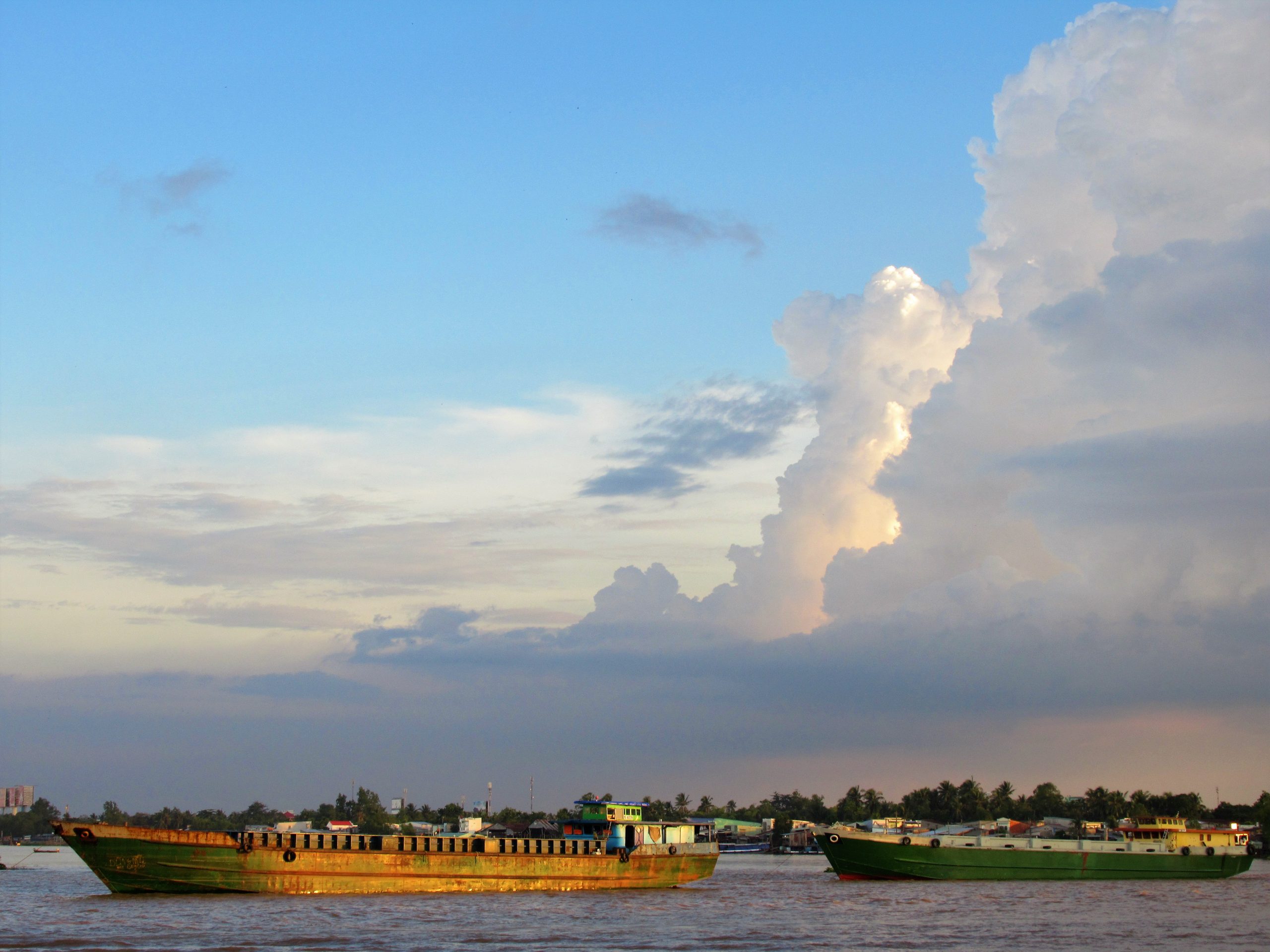
I left Cần Thơ on my motorbike in the pouring rain, armed with a signed and stamped authentication letter from the hotel. I wasn’t sure if I’d be allowed to travel all the way to the island because of increasing restrictions on movement. But I knew if I could get there, I’d happily stay for as long as possible (or as long as necessary). Headed for the port city of Rạch Gía, I stayed on back-roads following dykes beside canals above rice fields, hoping to avoid the check-points on main roads that would slow me down. Even in remote hamlets, however, there were regular document checks and health tests. I made the port minutes before my ferry departed. As the mainland disappeared over the horizon and the sea turned a deep blue, the boat coughed and came to a halt. We drifted, engineless. Two hours later, the ferry crawled back to Rạch Gía port. A storm blew in while we disembarked our broken ferry and boarded another one. With the light fading, I nursed a pot of instant noodles as the ‘new’ ferry ploughed through heavy seas on the Gulf of Thailand. Outside my porthole, the thin silhouette of Phu Quoc Island was faintly visible on the horizon. This would become my home for the better part of the year.

Chasing Vaccines
When I met Biên in Cần Thơ in early June, he was the only person I knew in Vietnam who’d received even one shot of vaccine. Vietnam’s national vaccination program had only just begun: supply was very limited and, as the fourth wave gained momentum, only a couple of million people had received their first shot. Biên works for UNIS (United Nations International School) in Hanoi and was vaccinated through their own program. For most of Vietnam’s 100 million people there was nothing to do but wait, as the government scrambled to get their hands on as many vaccines as they could. Vietnam was six months behind Europe and America in this respect; even regionally, Vietnam was near the bottom of the list of vaccinated nations. Meanwhile, my parents and friends in the U.K were all double-vaxxed. It was difficult to watch as the U.S and U.K, who’d managed the pandemic so badly in 2020, steadily reached over 50% vaccinated and began to reopen, while Vietnam, who’d managed the pandemic so well, struggled to procure enough vaccine doses and went into lock-down. The situation was the reverse of what it had been exactly a year before.
This seemed particularly cruel as Vietnamese were among the most eager to get vaccinated in the world. Unlike the U.S and the U.K, there wasn’t much resistance to vaccinations in Vietnam. Like the virus itself, vaccines had not become a political issue in Vietnam. For most people I spoke to, their priority was personal safety and the wellbeing of those close to them, and the resumption of some kind of normality; there was less focus on individual freedom to choose whether or not to get vaccinated, or whether Bill Gates was secretly microchipping the population. If Vietnam had access to the necessary quantity of vaccine doses in April/May of 2021, at the start of the fourth wave, there’s little doubt that the population would have been fully vaccinated within the shortest time possible. But that wasn’t the case: vaccine doses trickled in, one or two million at a time: sometimes as donations from other nations, sometimes through COVAX, sometimes through government purchase. It would take months before a significant percentage of the population could receive one, let alone two, vaccinations.
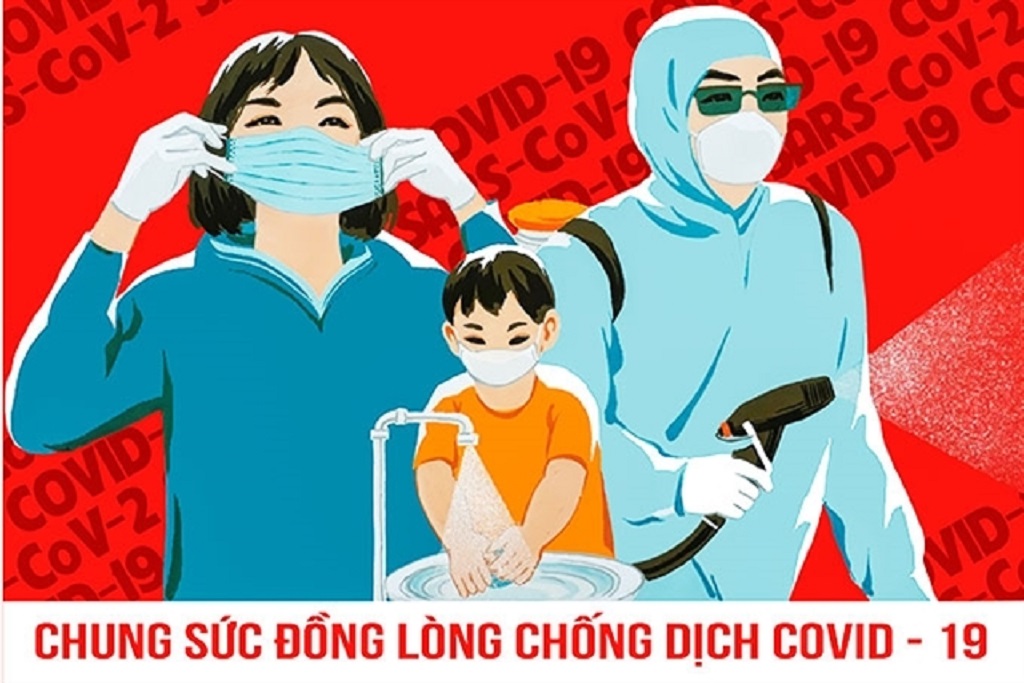
In my experience in Vietnam, there were three reasons why a person might be hesitant to get vaccinated: underlying health issues or pregnancy, fear of needles, or a suspicion of a particular brand of vaccine, specifically Chinese-made ones. (This prejudice has complex, millennia-deep historical roots in Vietnam, manifesting itself in many ways, from consumers refusing to buy Chinese fruit and vegetables to high approval ratings of Trump for his strong anti-China stance). The latter, along with frustration at the government’s sluggish early approach to vaccine procurement, did threaten to turn the issue of vaccinations into a political one. But most people, it seemed, either wanted to get vaccinated or, although reluctant, wouldn’t give it a second thought if/when they were called up for it. (Indeed, this proved to be the case with several people I know.) Over time, even people’s attitude to Chinese-made vaccines softened, as they put safety and a willingness to return to work and life over political and cultural prejudice.
Sure enough, as the rate of vaccine procurement sped up, so too did the national vaccination program. In areas of high priority where the virus was prevalent, such as Saigon, the speed of vaccination was especially impressive. As I’m writing this, I am recently double-vaccinated along with most of the population of Phu Quoc Island, the vast majority of whom received their first and second dose within the 3-4 week period between late September and late October, 2021.
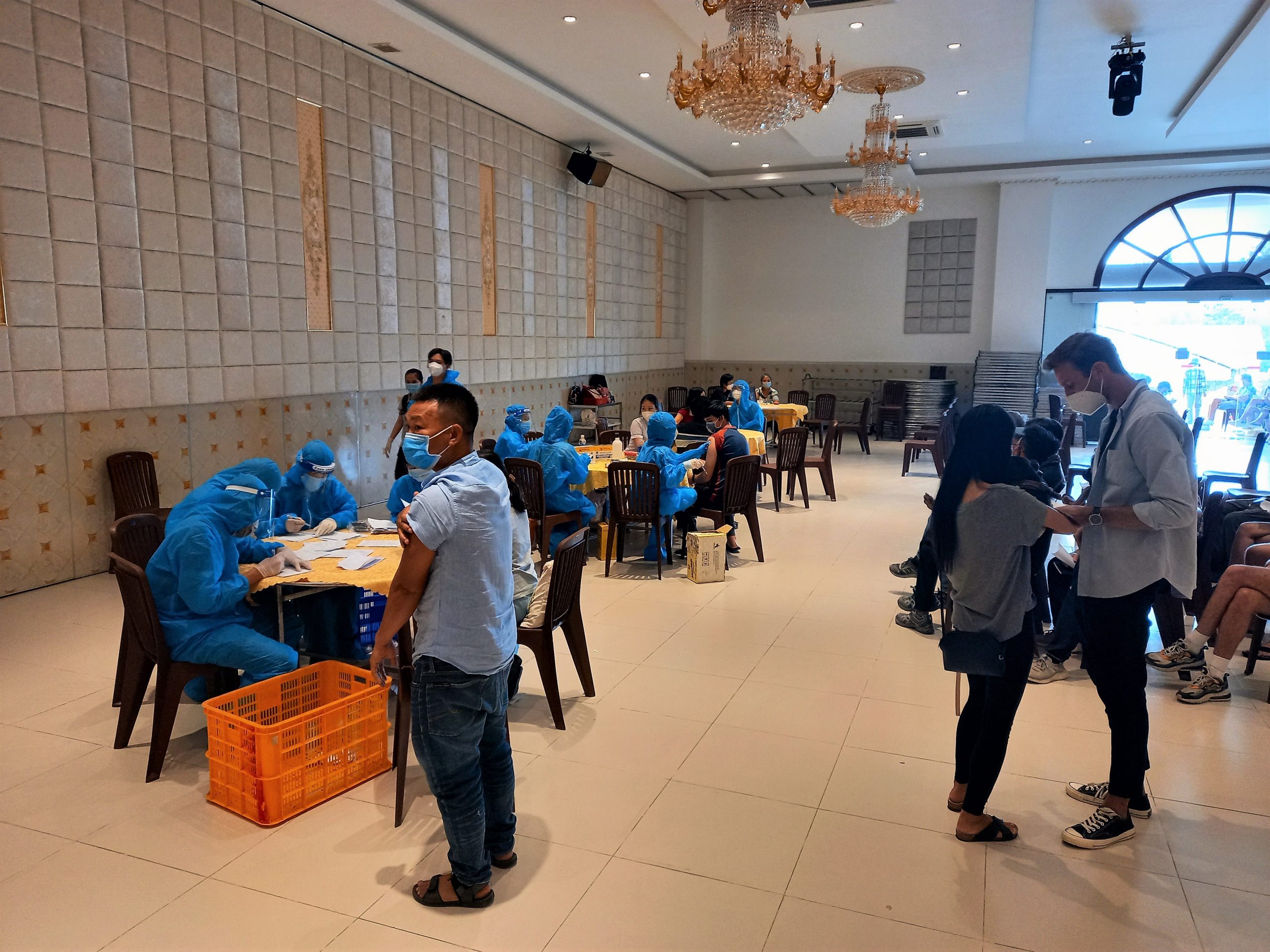
A Moment of Summer
On the west coast of Phu Quoc, the afterglow of the sun lingers longer than expected above the motionless waters of the Gulf of Thailand. The island is as far southwest as you can be in Vietnam; closer to the equator than all but a few provinces in the nation. In the tropics, night usually ‘falls like a stone’*. But, for a few weeks either side of the summer solstice, the sun’s radiance pervades the sky for a full hour after it sets. During those weeks, Ben, Ruby and I watched on dozens of occasions as the sun descended toward the horizon, hung for a moment, then set, leaving behind an aurora trailing across the sky; the last violet tracers sometimes stretching beyond 7pm. Dusk was layered with pastel tones: a belt of sashimi-pink, strands of granite-grey, flares of gas-blue and flashes of uranium-green. White, bulbous monsoon clouds, backlit by the fading sun, gathered above the ocean – dense, tactile and permanent, as if they were colossal marble sculptures. Beneath them, a diaphanous skin of wispy cirrus lined the sky – delicate and ephemeral, as if the slightest breath of wind would render them gone. On the wide plain of the ocean, silhouettes of fishing boats carved rigid shapes against the glowing sky, like a parade of hieroglyphs fixed along the horizon. My friends and I enjoyed these mesmerizing evening scenes day after day for the month of June: a moment of summer before the southwest monsoon set in and the fourth wave reached the island.
*Graham Greene ‘The Quiet American‘ (1955)
*
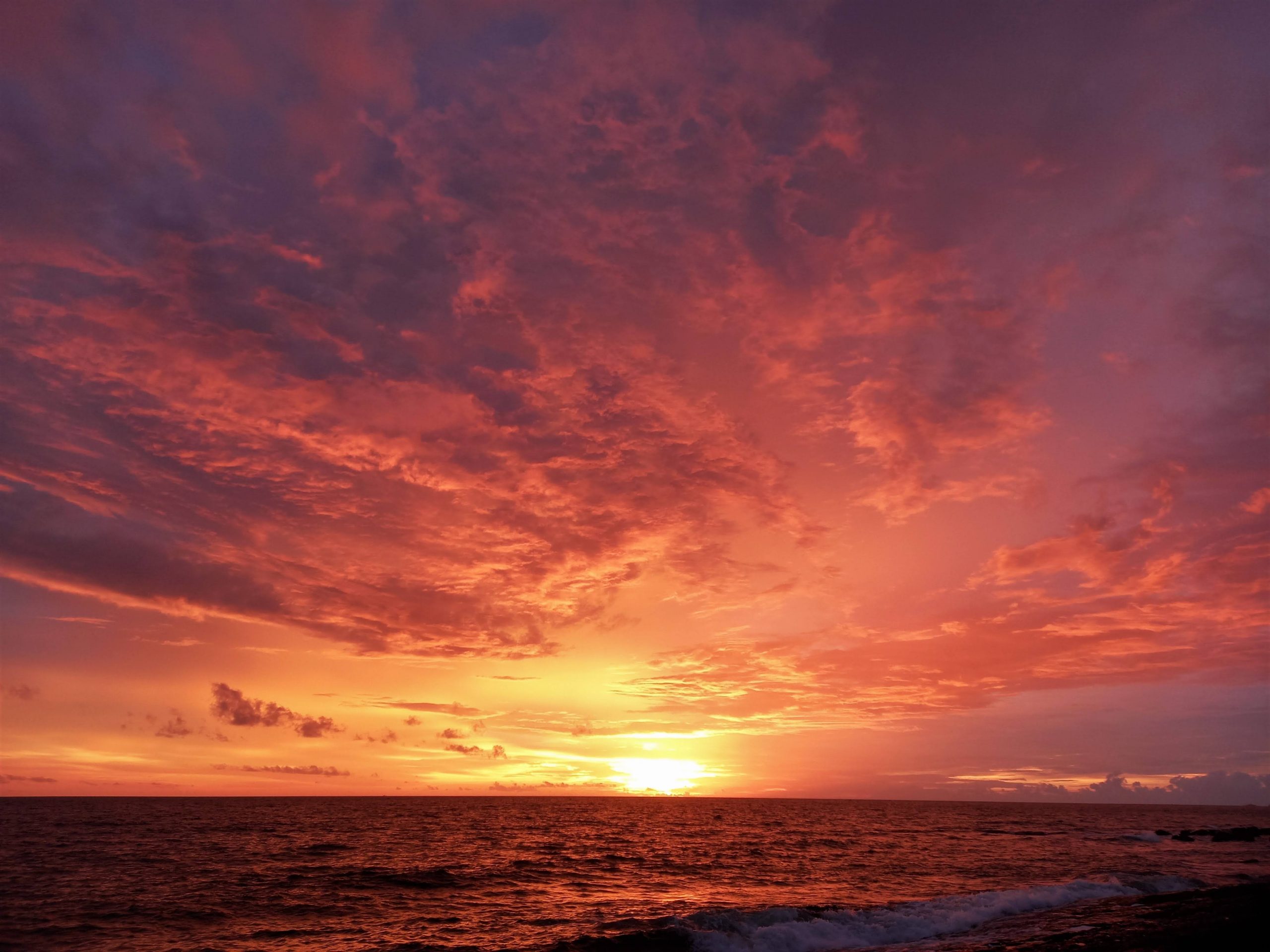
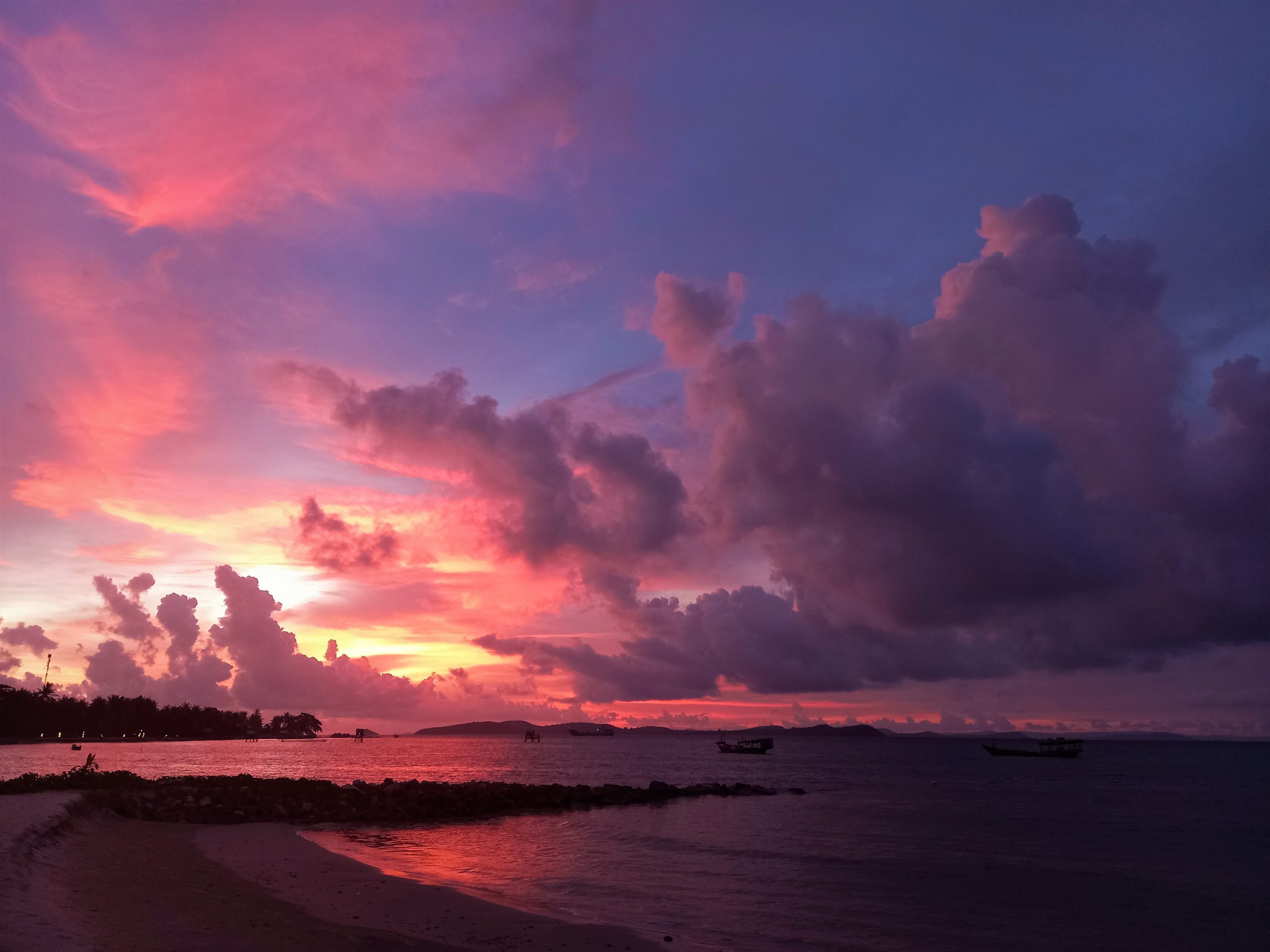
Ben and Ruby had flown from Saigon to Phu Quoc in an attempt, like me, to escape the increasingly bleak prospect of staying in the city. Flights were still operating and travel restrictions weren’t yet in place. Phu Quoc hadn’t recorded a single case of Covid-19 since the fourth wave began. Furnishing negative PCR tests, my friends made it to the island by mid-June. Before they arrived, I reunited with Josh and Biên in Dương Đông, the island’s main town, for lunch and coffee. Conditions were grey, damp and unsettled. The island did not look its best, and Josh and Biên had booked a flight out the next day, back home to Hanoi. A couple of days later, however, the rain stopped, skies cleared and thus began an unseasonable few weeks of summer weather in what should have been the early monsoon. Unlike on the mainland, there were hardly any restrictions on Phu Quoc. Almost everything was open: cafes, bars, beaches, restaurants, roads, hotels, waterfalls and attractions. We could travel and stay anywhere we wanted on the island. All three of us could work and study online; my birthday was coming up; resorts were empty and cheap; and Phu Quoc looked better than I can remember in over a decade of visiting. We felt like we had the island all to ourselves.
*

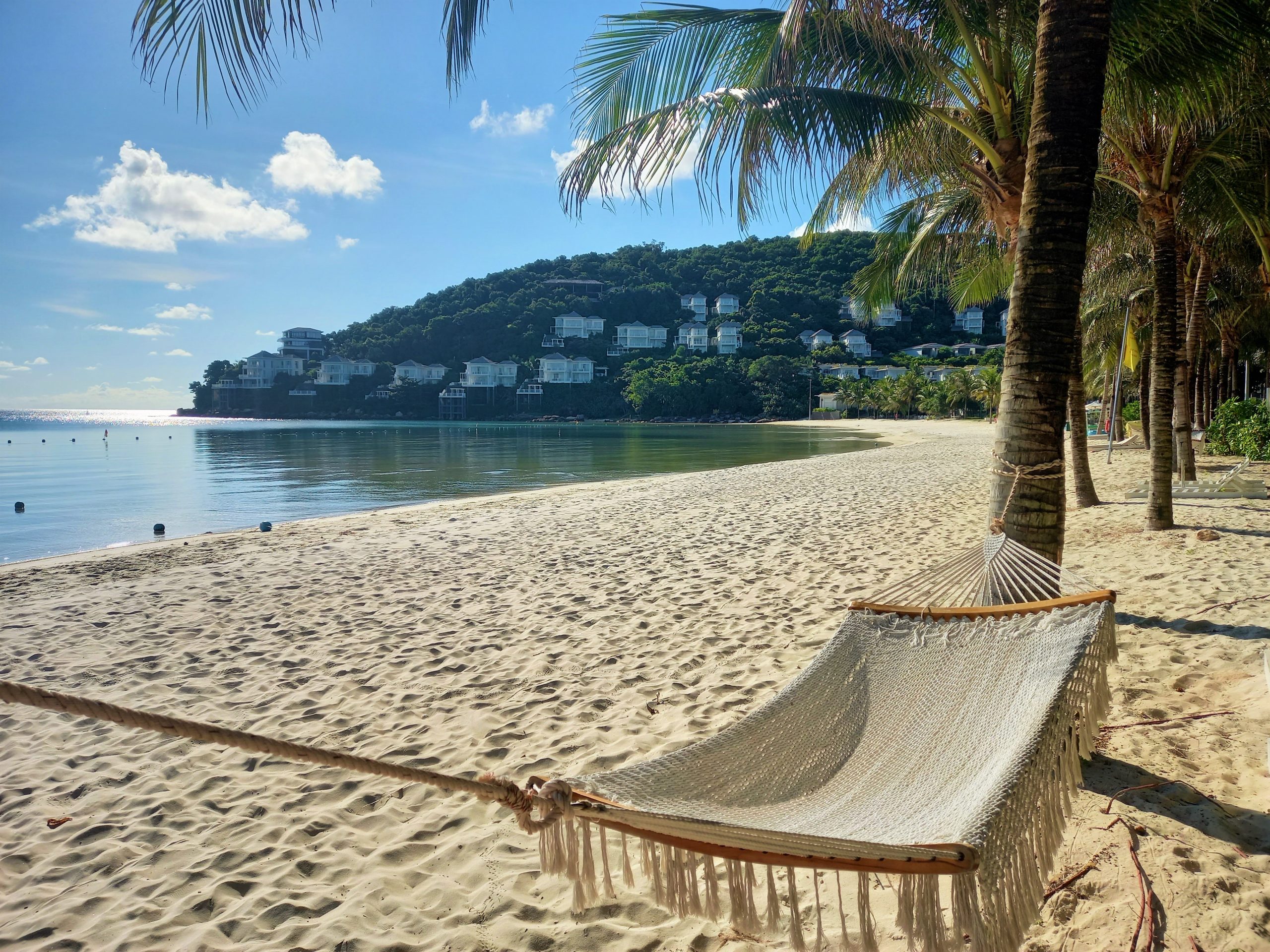
Thanks to the heavy presence of Vingroup and Sun Group (two of Vietnam’s biggest and richest private conglomerates and developers) on the island, Phu Quoc’s vaccination program started early. By the end of June, many of the staff employed in the various hospitality and entertainment businesses run by the two companies had already received their first shot. (Indeed, thanks to massively reduced ‘pandemic rates’, we were staying at one of Sun Group’s resorts for my birthday, on June 27, and all staff were single-vaccinated). Phu Quoc was a bubble: a literal and metaphorical island, safe from the fourth wave that was currently causing havoc on the mainland. The plan was to fully vaccinate Phu Quoc and open a ‘sandbox’ that would allow the return of international tourism by September, thus funneling revenue into the enormous business ventures of Vingroup and Sun Group on the island.
Perhaps, then, my friends and I might even be able to get vaccinated during our stay on Phu Quoc. The three of us had form in choosing the right place to be during the various outbreaks of the pandemic: the previous year, in April 2020, we’d spent some six weeks in the safe, secure and handsome seaside city of Vũng Tàu during the first wave and initial lock-down. As the weeks on the island wore on, we thought we’d done it again. Soon, perhaps, the fourth wave on the mainland would be brought under control – just as the previous three outbreaks had been – and we’d be able to move back to our homes in Saigon, having dodged the worst of it.
But, even the influence of Vingroup and Sun Group couldn’t hold out against the momentum of the fourth wave. As the situation in Saigon grew worse, the majority of vaccines were diverted there. Phu Quoc was no longer a priority and the vaccine doses stopped arriving on the island. Phu Quoc’s dream of becoming the first travel ‘sandbox’ to open in Vietnam was dashed. After a fun- and sun-filled month, Ben and Ruby returned to Saigon on what turned out to be one of the last flights out before all transportation connections to the island ceased. Soon after, Saigon implemented an even stricter lock-down. Days later, Ben left for the United States to get vaccinated and see his mum, and Ruby was home-bound for the next three months.
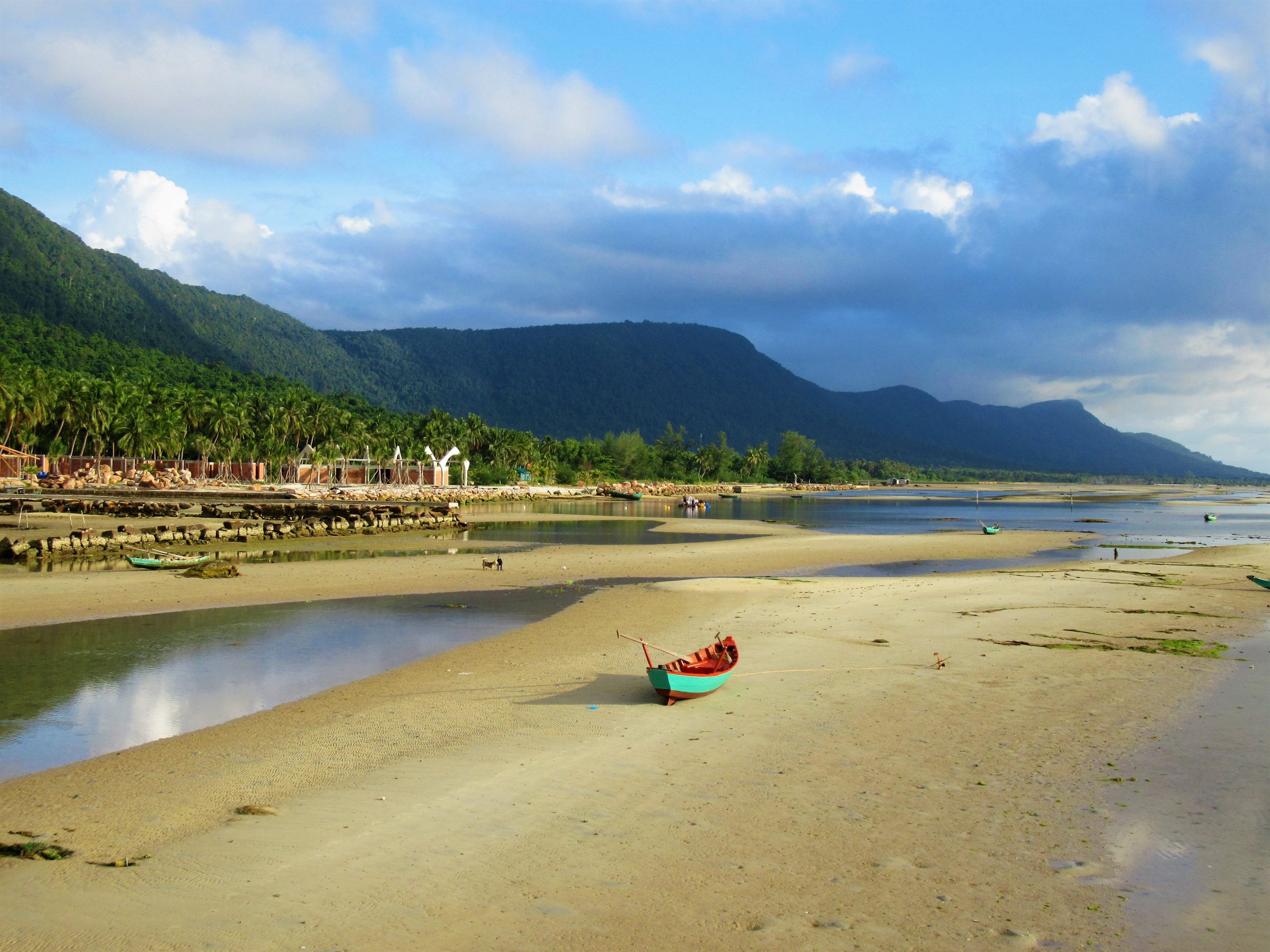
Lock–Down 2.0
The rain lashed the thatched roof, wooden walls and glass windows of the restaurant. Outside, waves rolled in under the leaden sky, crashing on the black rocks beneath the wooden deck. Trees bent double, their branches wrapping on the windows, as if pleading to be let inside and shelter from the storm. Meanwhile, all fifteen ‘stranded guests’ sat at a long table listening to Ronan explain the rules of lock-down and how the resort would be managed for the coming weeks and months. Room rates would be massively reduced; we could stay anywhere on the property we chose; the restaurant would close at 5pm, so staff could return home before curfew; breakfast was an optional extra, but we’d receive 30% discount on food and drink; all flights and ferries to and from the island were cancelled for the foreseeable future; roadblocks were in place north and south of the resort; our lock-down zone included a corridor to a mini-market and a cluster of fresh produce stalls; our names would be put down for the island’s nascent vaccination program, but the prospect of anyone receiving a jab was distant. We had 24 hours before lock-down commenced, during which staff could help arrange alternative accommodation for anyone who wanted. No one did.
*
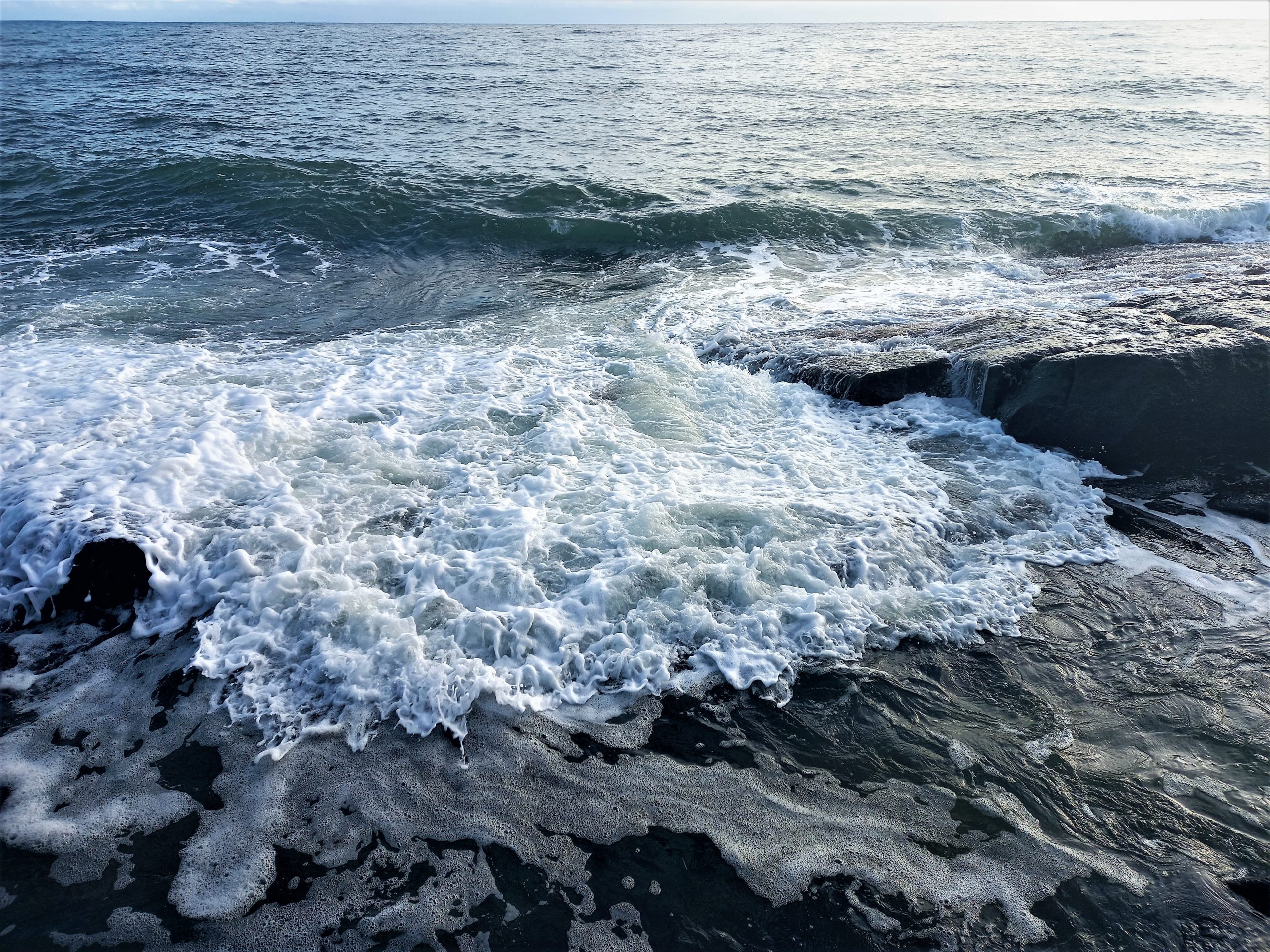
After Ben and Ruby had left the island, feeling their absence I checked into Mango Bay where a friend of mine from Saigon, Patrick, was staying. Phu Quoc was still a ‘clean’ region, having not recorded a single Covid-19 infection in the fourth wave. But, as the number of cases on the mainland, especially in Saigon, grew alarmingly high, it seemed just a matter of time before the pandemic reached the island. Toward the end of July, Phu Quoc, along with all southern provinces, went into lock-down. Restrictions wouldn’t lift until September, and transportation off the island wouldn’t restart until October.
For me, there was a kind of symmetry about spending lockdown on Phu Quoc, particularly at Mango Bay. In March, 2020, at the beginning of the pandemic, I’d said goodbye to my parents on the driveway of the resort, before they left on one of the last commercial flights out of the country. (Vietnam has been closed to international travellers ever since.) In the ensuing 18 months, when Vietnam remained relatively Covid-free, I’d visited Phu Quoc time and again, making the most of the island’s significant charm without the usual high numbers of tourists and construction mayhem, and taking advantage of the reduced accommodation rates, including at Mango Bay.
*

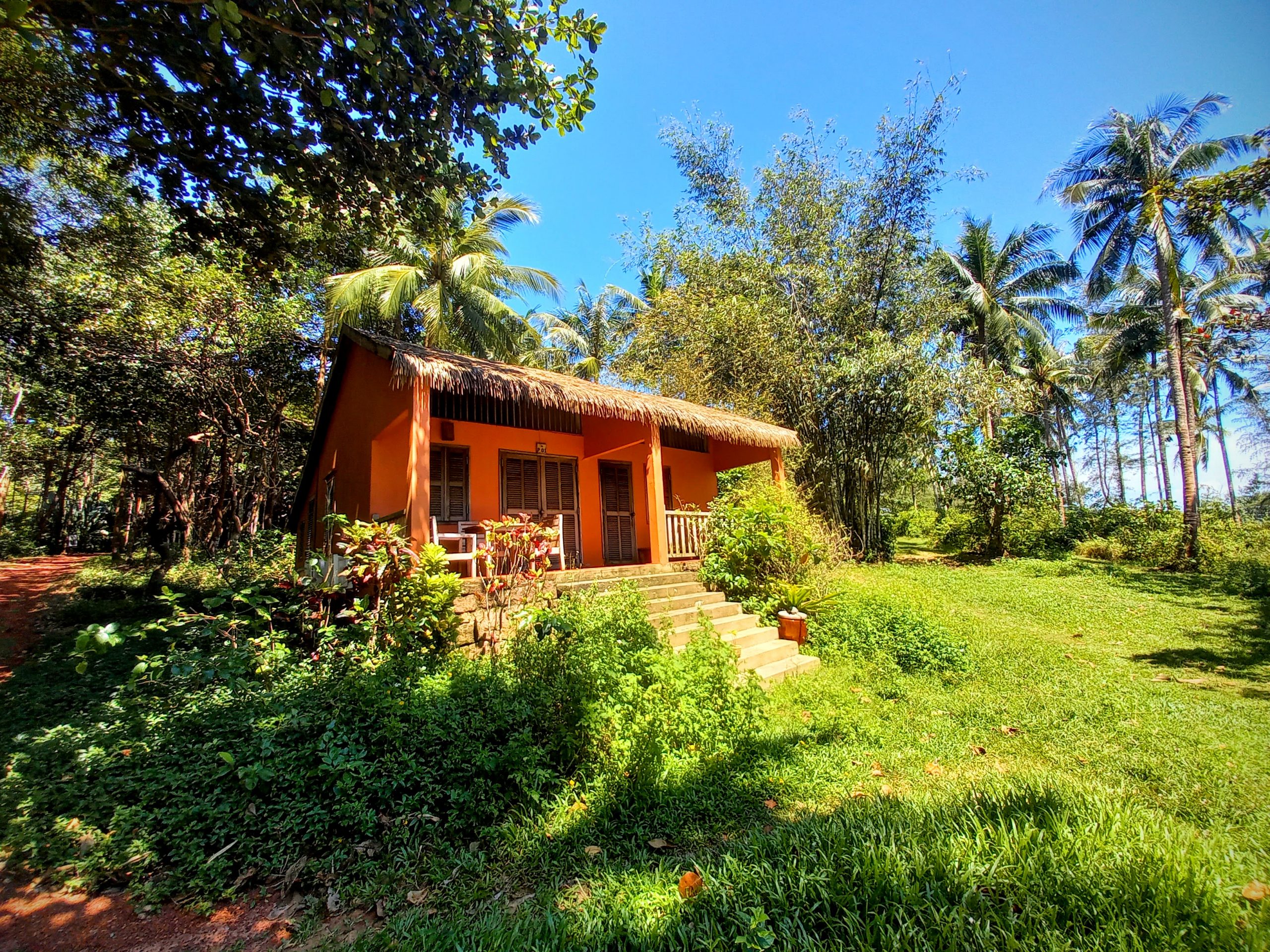
Over the next three months, the two WhatsApp groups in the resort – ‘Stranded Guests’ (which included resort staff and management) and ‘Paradise Bubble’ (which didn’t) – buzzed with chatter about lock-down rules and implementation, Covid-19 outbreaks, vaccination registration and rollout, food delivery options, rumours of repatriation flights to Saigon and Hanoi, snakes in the bathrooms, chipmunks in the wardrobes, ‘family’ dinner dates in the restaurant, long-running inside jokes and narratives, game nights, work meetings, and wagers about when flights would resume and we could return home.
We ‘stranded guests’ were a mix of ages, nationalities and personalities, serendipitously suited to 100 days living close together without any opportunity for ‘escape’. This was partly helped by the nature of the resort itself, which is spacious and green, with a long beachfront, hundreds of trees, rooms arranged a generous distance from each other, and ample opportunities for solitude if and when needed. It’s also likely that Mango Bay, with its emphasis on nature and sustainability before comfort and amenities, attracts a particular kind of guest, and that those guests are likely to share certain values and personality traits. Whatever the reasons, most people in the ‘paradise bubble’ became very close, very quickly. No one tried to be the ‘leader’; no one tried to impose their personality; no one attempted to fill a particular role. We all just got along. The staff, too, became a part of our daily lives, and we of theirs. We all grew fond of each other and were comfortable together.
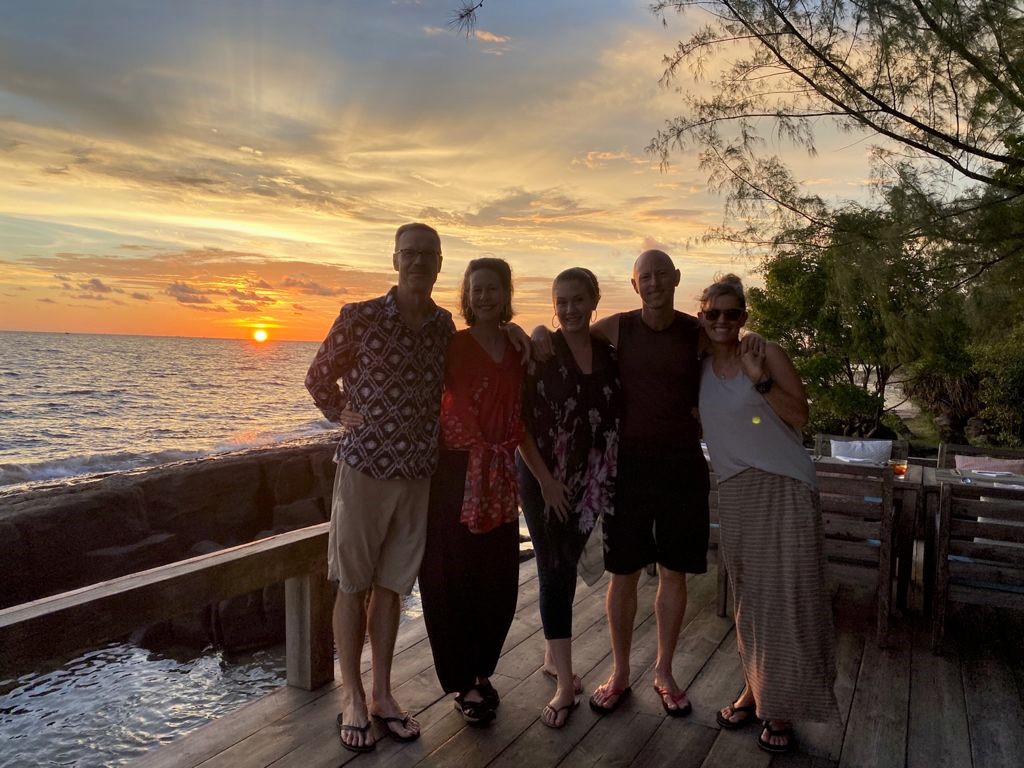
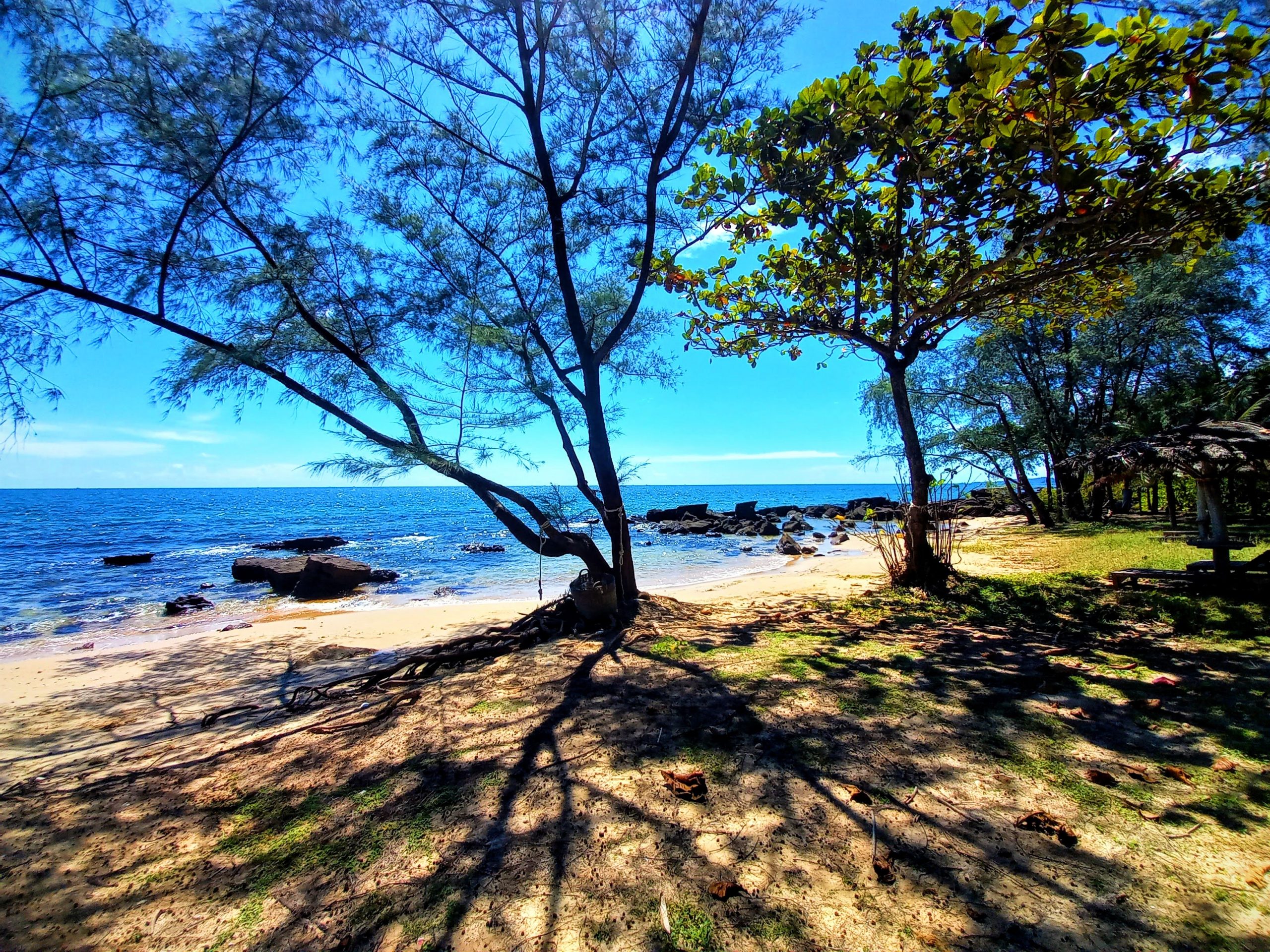
When I moved to Mango Bay, Patrick was the only person I had a previous connection to. A writer, swimmer and teacher, Patrick was staying at the resort with his wife, Susan, an HS English teacher at ISHCMC-American Academy in Saigon. Their friend, Sarah, also an HS English teacher at ISHCMC, had joined them at Mango Bay not long before lock-down commenced. Mer, a humanities teacher at Concordia International School in Hanoi, had travelled to Phu Quoc with her husband, Mike, but he’d flown back to the capital just before all flights were cancelled. Loui, an advisor at the Vietnamese-Danish Energy Partnership Programme, and his wife, Bibi, a science teacher at Nguyễn Siêu School in Hanoi, had come to Mango Bay for a summer vacation. Hoài, a school manager at Lavelle Academy in Saigon, was staying with her two children (Cedric [9] and Leonard [11]) before they returned to their father in Germany. Angela, who works for the UN, and her husband, Roelof, were travelling with their child, Lenny (10), from Hanoi. Curt, an English teacher, and Henno, a math teacher, were both on holiday from Hanoi.
*
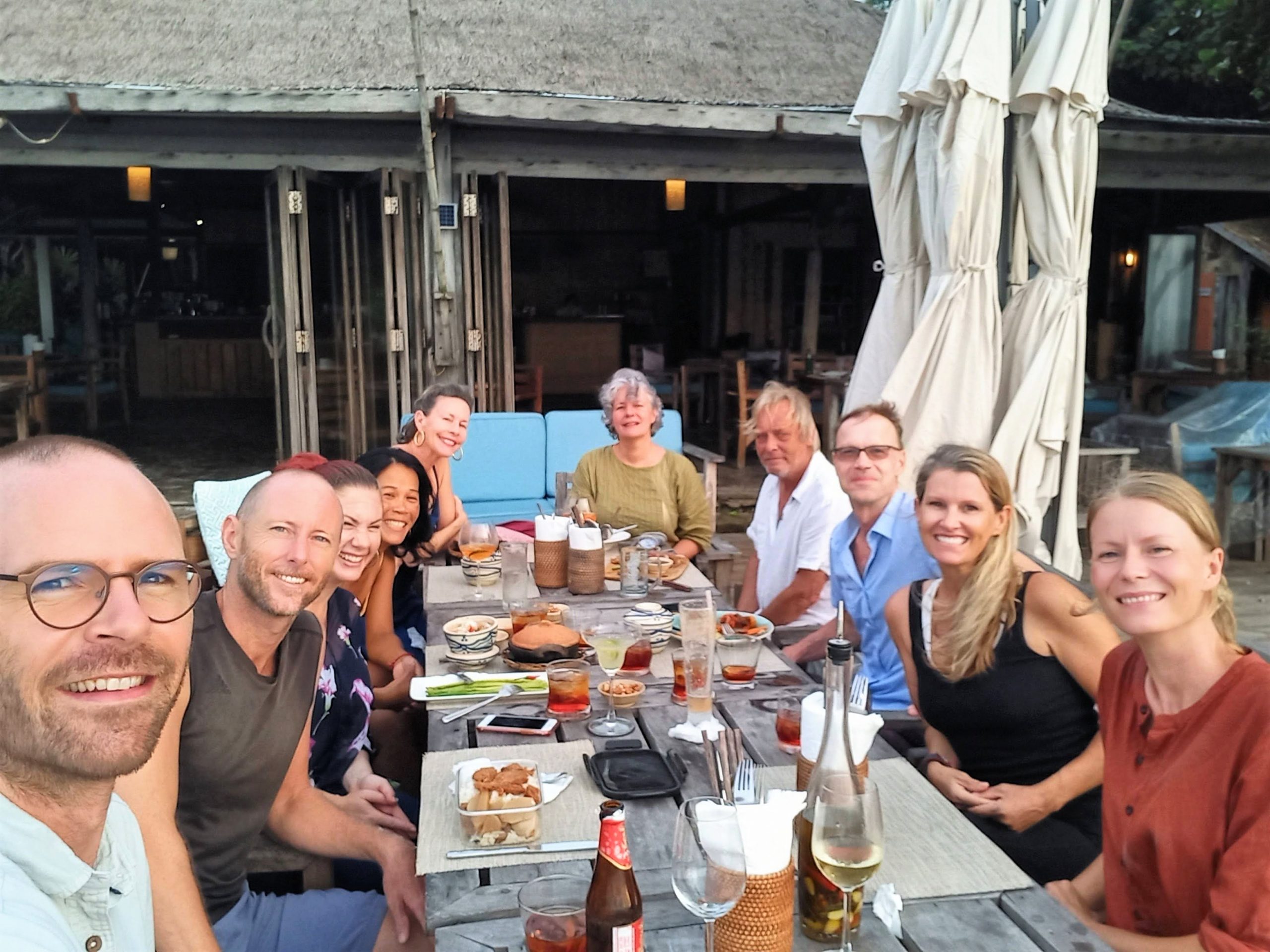

When lock-down was initiated in the southern provinces of Vietnam, I noted with irony that it coincided with ‘freedom day’ in my home country, when England celebrated the end of almost all of its pandemic restrictions. And yet, on that day in the U.K, there were some 50,000 new Covid-19 cases – more than there had been over the entire pandemic in Vietnam at that time. In England, 50,000 new cases in 24 hours was considered a good enough statistic to reopen completely; in Vietnam, that same number accumulated over a period of 18 months was considered dangerous enough to lock-down half the nation to protect its people and healthcare system. After a year and a half of the pandemic, the UK, with a population of 67 million, had suffered over 100,000 deaths from Covid-19, while Vietnam, with a population of 97 million had suffered below 1,000 deaths. Clearly, the two governments had very different approaches to pandemic management and ideas about what was acceptable.
*

The atmosphere for the first couple of weeks at the locked-down resort, when everyone was still in vacation mode, was carefree and jovial: lingering over breakfasts in the mornings and drinks in the evenings, enjoying the resort grounds and each other’s company. In August, however, most guests went back to work after their summer hiatus. Breakfasts were silent and studious, with everyone sitting at separate tables in front of their laptops, earphones plugged in, a look of intense concentration of their faces, and the waves crashing just metres away. The resort became an office for all of us. But, at 5pm, we gathered in the empty restaurant to collect our cling film-wrapped dinners off the counter, took them outside on the deck to watch the sunset, and caught up with each other’s days. None of the ‘stranded guests’ (except myself) had come to Phu Quoc prepared for work. But, when faced with the reality of having to conduct their jobs online from the resort, everyone worked very hard and long hours.
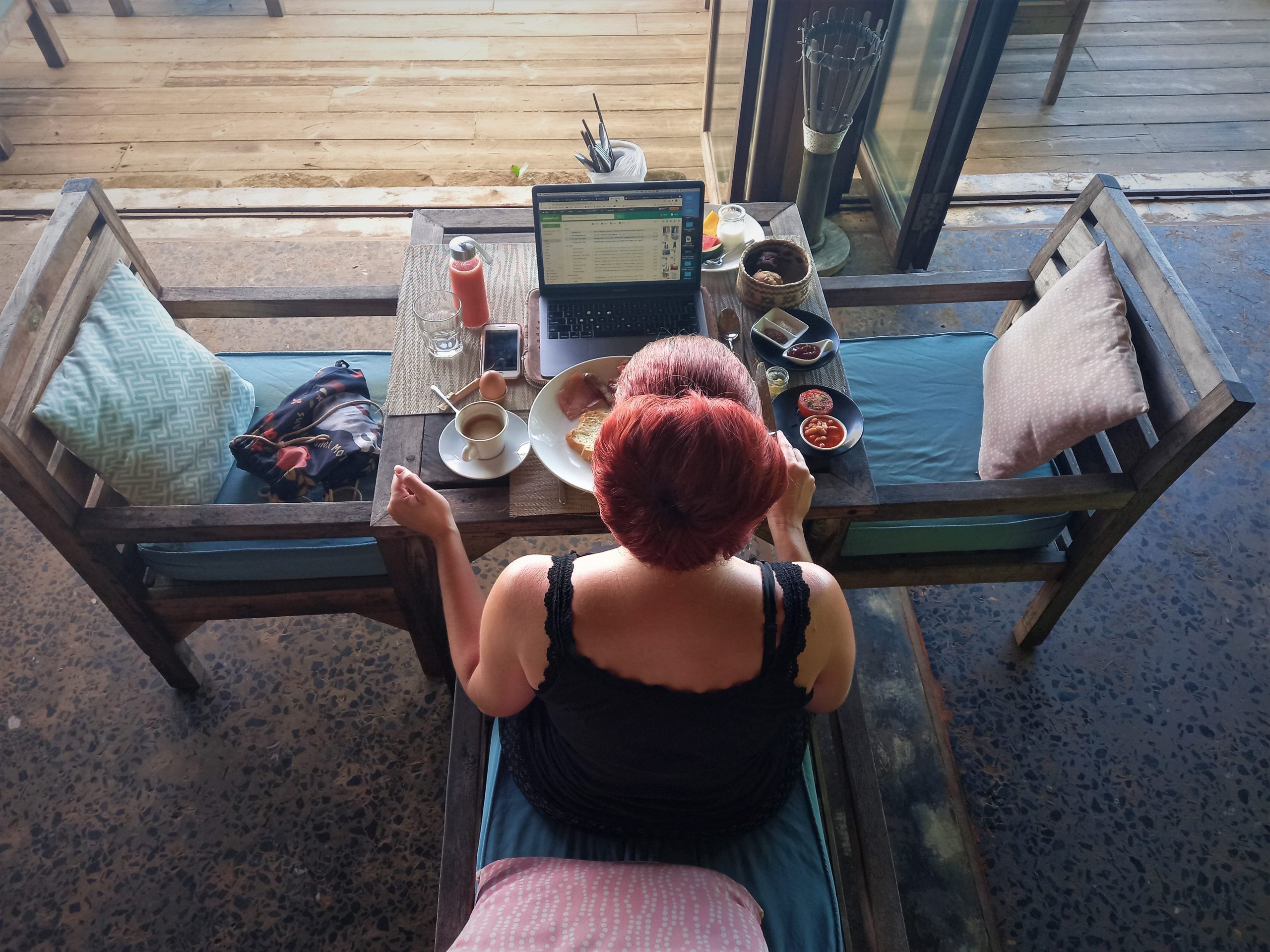
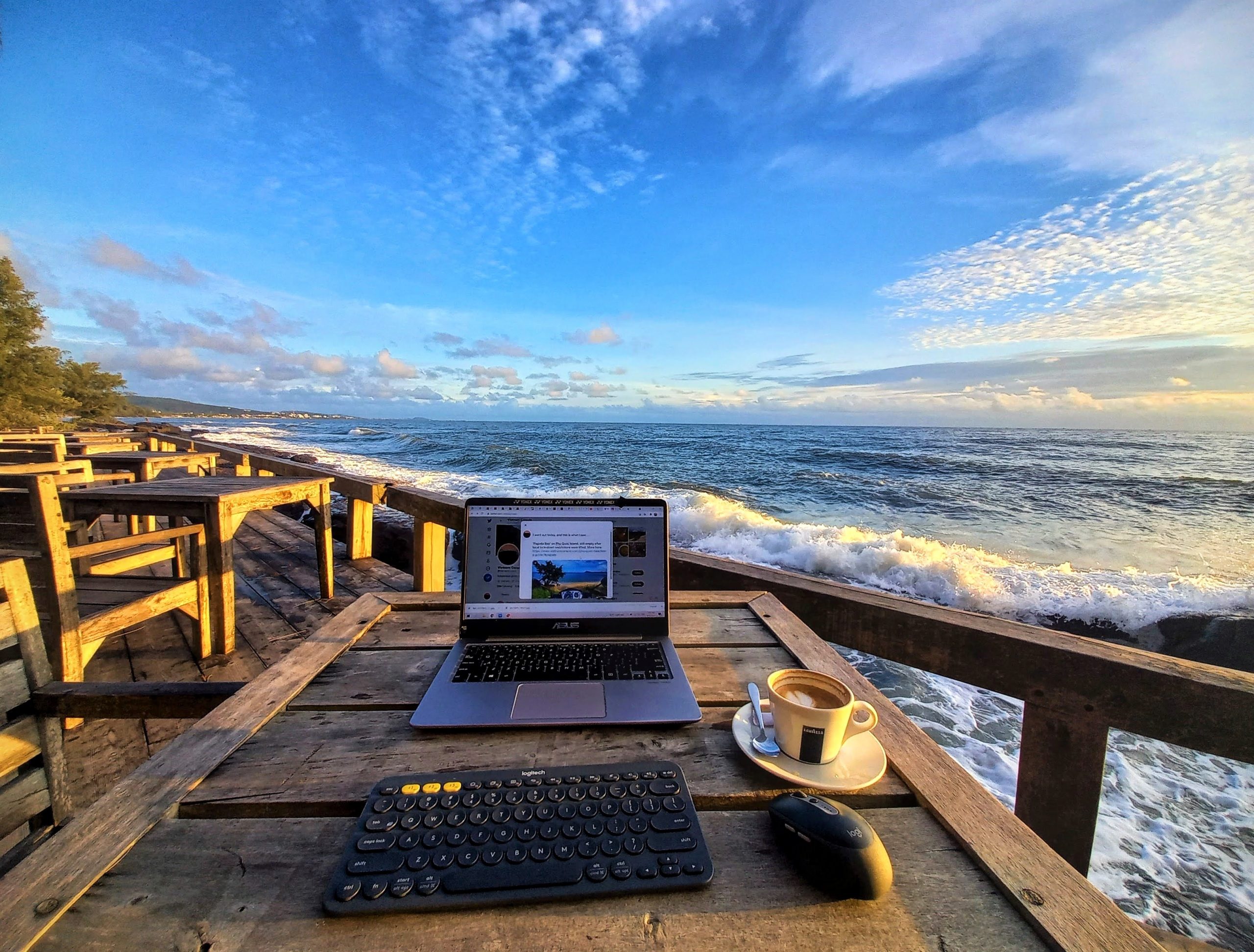
And so, the weeks and months passed. Friday night became ‘happy hour’, during which we’d toast the end of the working week with a round of negronis, followed by our traditional ‘family dinner’ out on the deck when everyone could relax, get tipsy and look forward to the weekend. In general, the weather was unsettled and the sea too rough to swim for five days of every week. But, when the sun did shine and sea conditions were calm, the swimming was wonderful, the resort looked fabulous, the sunsets were glorious, and the island felt like our home. For me, this was by far the longest period of time I’d spent in one place for many years. I loved the space, the silence and natural sounds, the fresh air, the ocean, the nature and the company I was with. I had plenty of projects to work on for my website, I could read at night on the porch, run on the beach in the mornings, cook basic meals, like noodles, in my room, and engage in interesting conversations with any of my fellow guests. I was happy and safe.
It wouldn’t have been the same were it a different group of people, and it wouldn’t have been the same were it a different resort. At night, white and green lights appeared on the horizion – squid fishing boats out until dawn – like a necklace of beacons around the perimeter of the island, protecting Phu Quoc from the pandemic that lay beyond.
*

I won’t attempt to describe in detail the pleasure and emotions, the comfort and security, the intimacy and joy, the fun and the tragedy that we all shared during those three months together at Mango Bay: to do so in a few paragraphs would be an insult to the richness of the experience. But we will all remember that time – for different reasons – for many years to come. It was a unique, special and unexpected period: a quarter of a year spent ‘stranded’ in a beach resort on a tropical island during the monsoon in the midst of a pandemic.
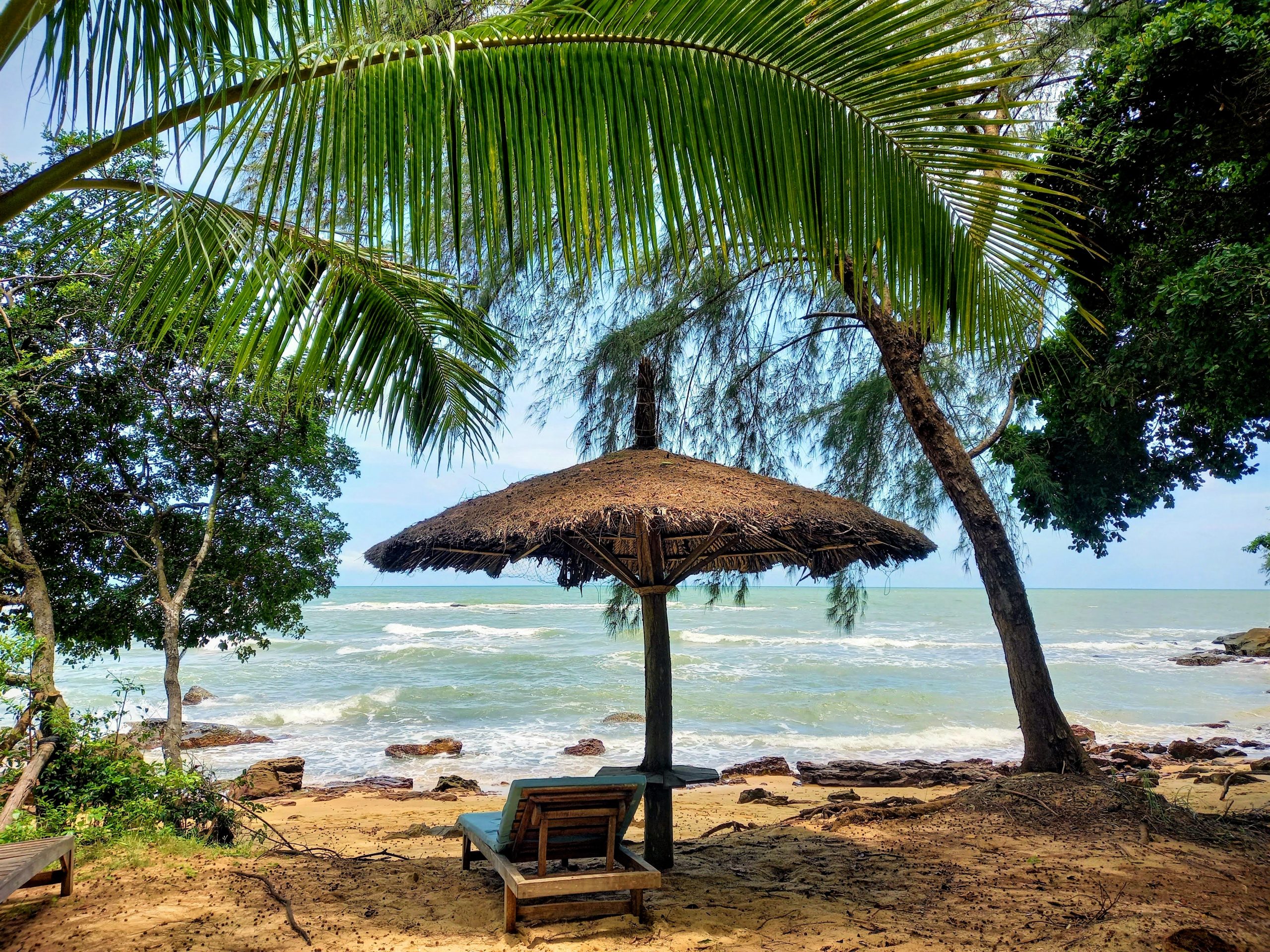
Exodus
On another stormy Monday morning, with the rain drumming on the roof of my bungalow, I received another text message from another friend in Saigon informing me they would be leaving Vietnam indefinitely the next day. This had become a recurring theme in the months of July and August, the height of the fourth wave. Every few days, someone in my social circle – usually in Saigon, but sometimes elsewhere in Vietnam – would break the news over a social media platform or messaging app that they’d either decided, or been forced by circumstances, to leave the country. There was no chance, of course, to meet any of my friends before they departed, and from experience I knew that when foreign friends left it was likely to be years until we’d meet again, if at all.
*
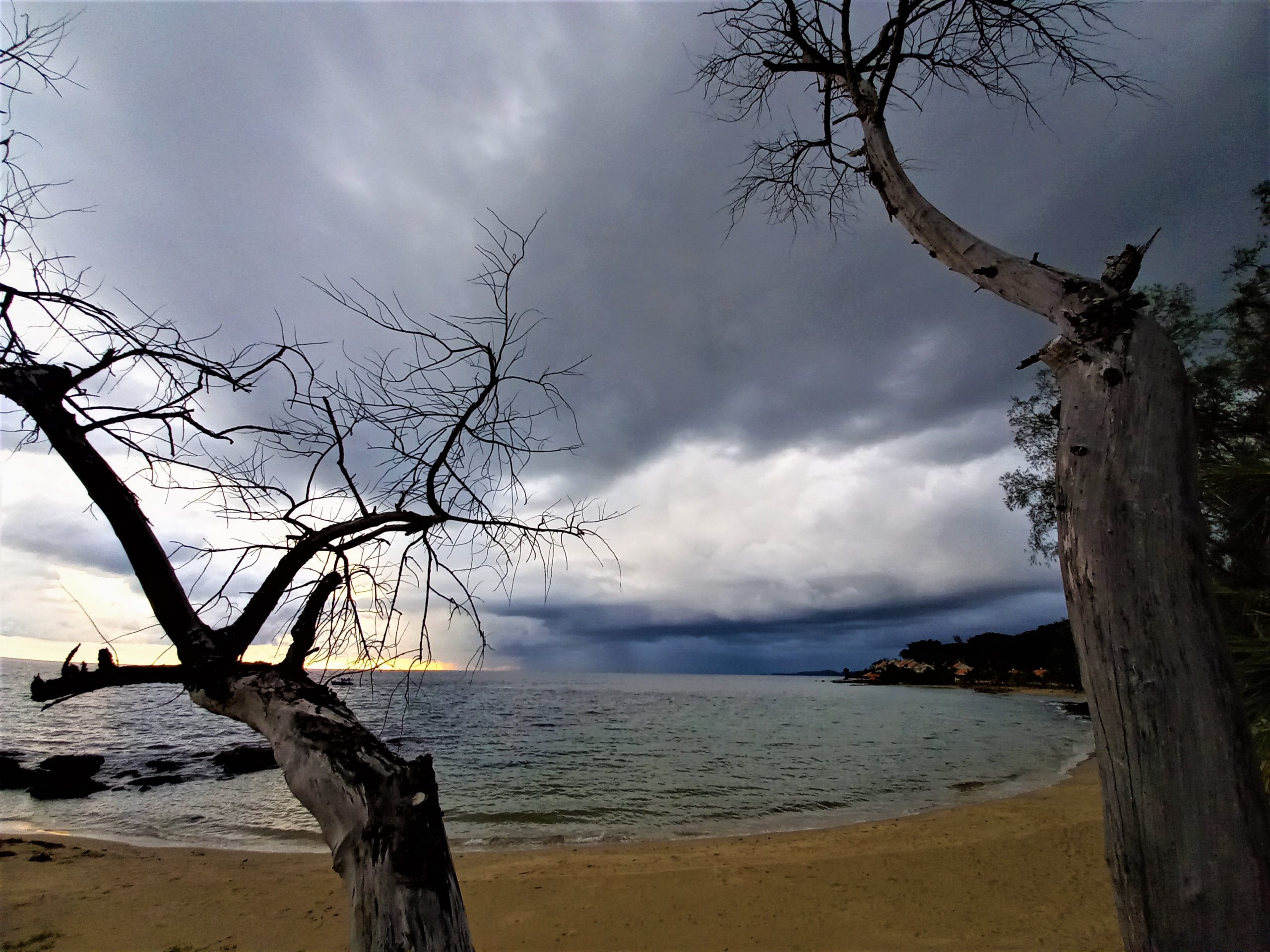
Over the course of the fourth wave, there were four exoduses. In June, an initial flow of people – who had the opportunity and means – left Saigon before travel restrictions were imposed and lock-down commenced. Over the next three months, there followed two waves of foreigners leaving Vietnam: first, due to an ill-timed visa and work permit clamp-down; second, due to harsh lock-down conditions in Saigon. Then, in early October, when restrictions eased, a massive wave of domestic migrant workers left Saigon and the neighbouring industrial provinces to return to their homes across the nation, having lost their jobs during the lock-down. The first exodus, I was a part of, as were many of the people I met throughout the succeeding few months. The second and third gutted my social circle in Saigon and nationwide. The fourth had a devastating impact on tens of thousands of families, and in turn on the industries that relied on their labour to maintain production. (More about the latter in Chapter 8.)
*

Up until that point, the pandemic had been the most socially stable period of my life since my early twenties. Vietnam’s borders had been closed for a year: no one could get into the country and, although it was possible to leave, none of my foreign or Vietnamese friends wanted to. In 2020, most Western nations were in a state of lock-down and the virus was out of control, while Vietnam was largely free and untouched by the pandemic. A common refrain among foreigners in Vietnam throughout 2020 was, “We’re so lucky to be here”. And, among my Vietnamese friends, the prospect of moving or travelling to ‘the West’ lost its appeal entirely. As a long-term foreign resident, friendships and relationships are often intense but transient. My international social group is in a constant state of flux: people come and go; foreign friends arrive, work, travel and leave after an average of one or two years. My Vietnamese friends, too, tend to leave the country as soon as the opportunity arises: to work or study abroad, often never to return. This situation was easier to deal with when I was a bit younger, but has become more difficult over the last few years. During the pandemic, however, my social circle was secure, because no one had the opportunity nor the desire to leave. I got closer to, and spent more time with, the people I knew in Vietnam, and they in turn got closer to me. We all had more invested in our friendships and we all shared the good fortune of being in the right place at the right time: Vietnam during the pandemic.
*
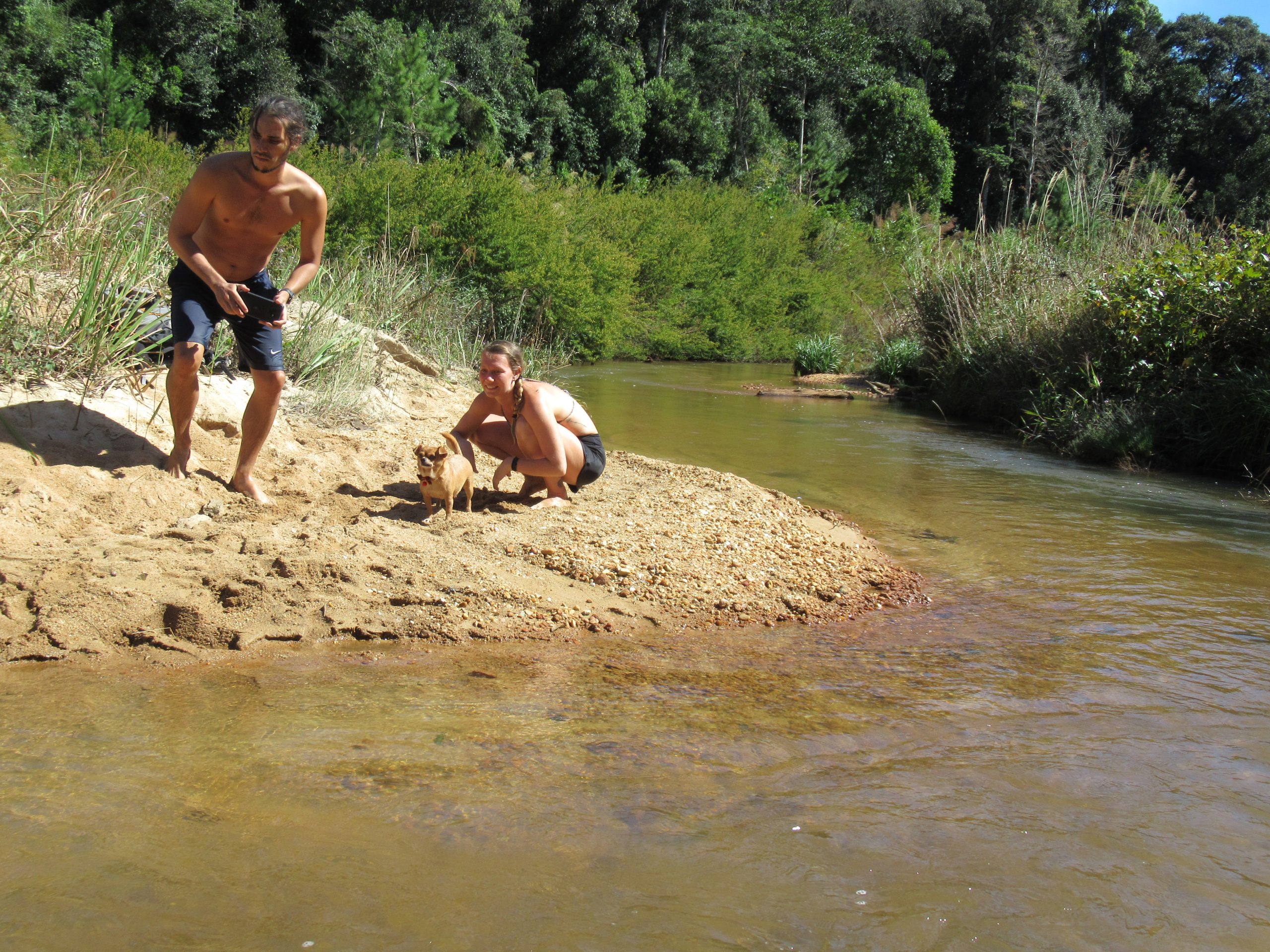
Vietnam’s fourth wave coincided with new visa regulations and work permit rules, or stricter enforcement of existing ones. This was especially bad timing because, with pandemic restrictions in Vietnam and abroad, many foreigners who could have applied and successfully received the necessary paperwork both domestically and in their country of origin, weren’t able to do so due to the temporary closure of government offices and notaries. Many of my friends – some of whom had been in Vietnam for years and had laid their professional, social and family roots here – scrambled to find out what the new regulations were and how to obtain the paperwork. But, even as the process was underway, they weren’t able to meet the deadline to stay in Vietnam, because everything took much longer than it normally would due to pandemic restrictions. Ultimately, lots of people I know had no choice but to leave Vietnam, with no idea if or when they might be able to return.
*
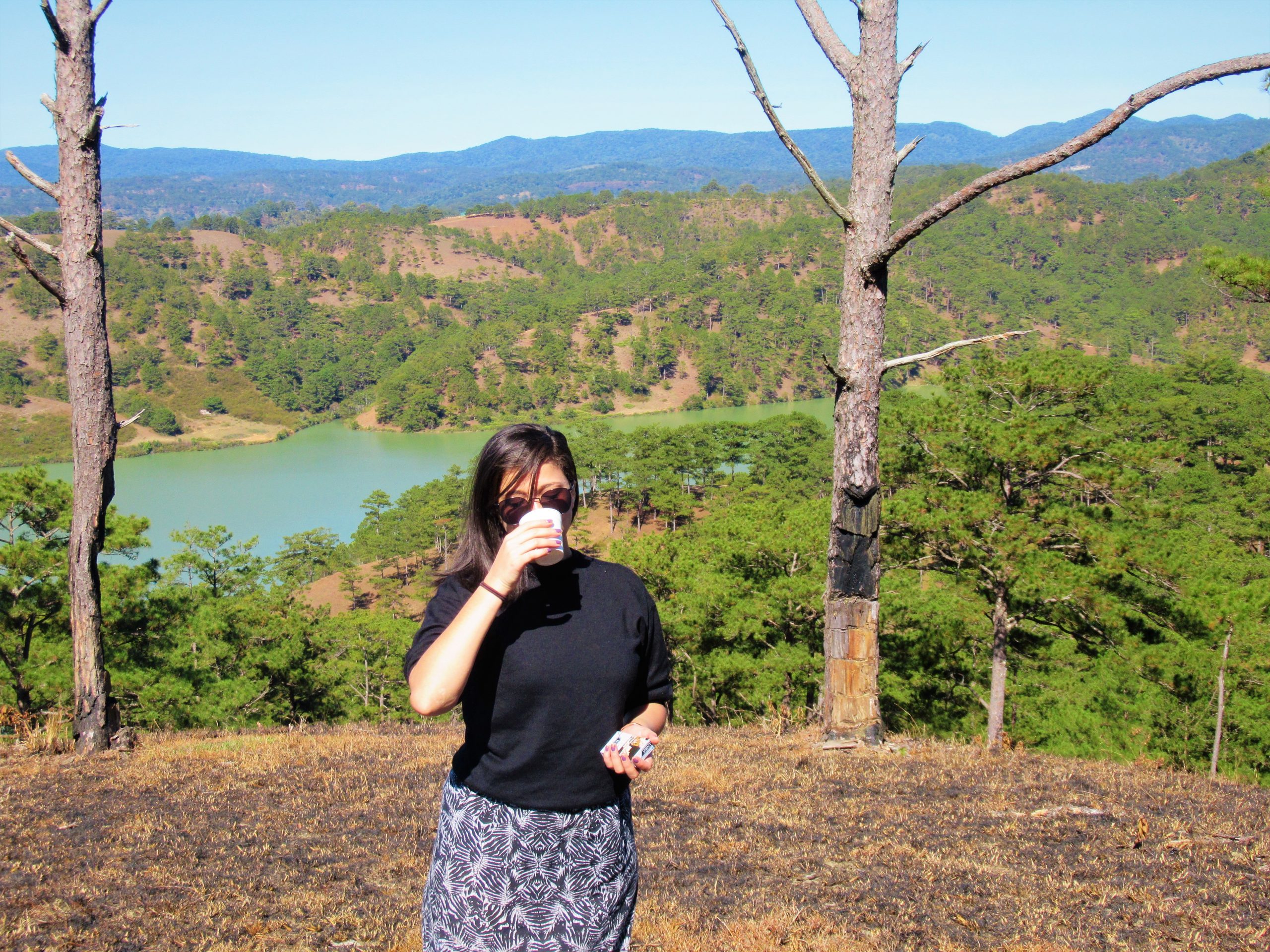
On Phu Quoc, I was happy, safe and healthy. I was in an environment that suited me: surrounded by nature and space and people whose company I enjoyed. And, even though I was technically locked-down, I had access to the ocean, trees, shops and the beach. To a large extent, I had been able to choose my lock-down circumstances. But in my home city of Saigon, where most of my closest friends were, Covid-19 cases were rising steadily and the lock-down became ever more severe from one week to the next. Ultimately, Saigon’s lock-down would become one of the harshest that I’m aware of anywhere in the world. As the weeks and months dragged on, many of my foreign friends in Saigon – even those who’d managed to obtain their new work permits and visas – understandably decided enough was enough. Foreign residents in Saigon had a way out of lock-down that most Vietnamese didn’t: they could fly back to their home country, get vaccinated almost immediately after landing, spend time with their family and friends, and see how the situation in Vietnam played out over the next few months. Had I been in Saigon from June to October, I might well have done the same.
*
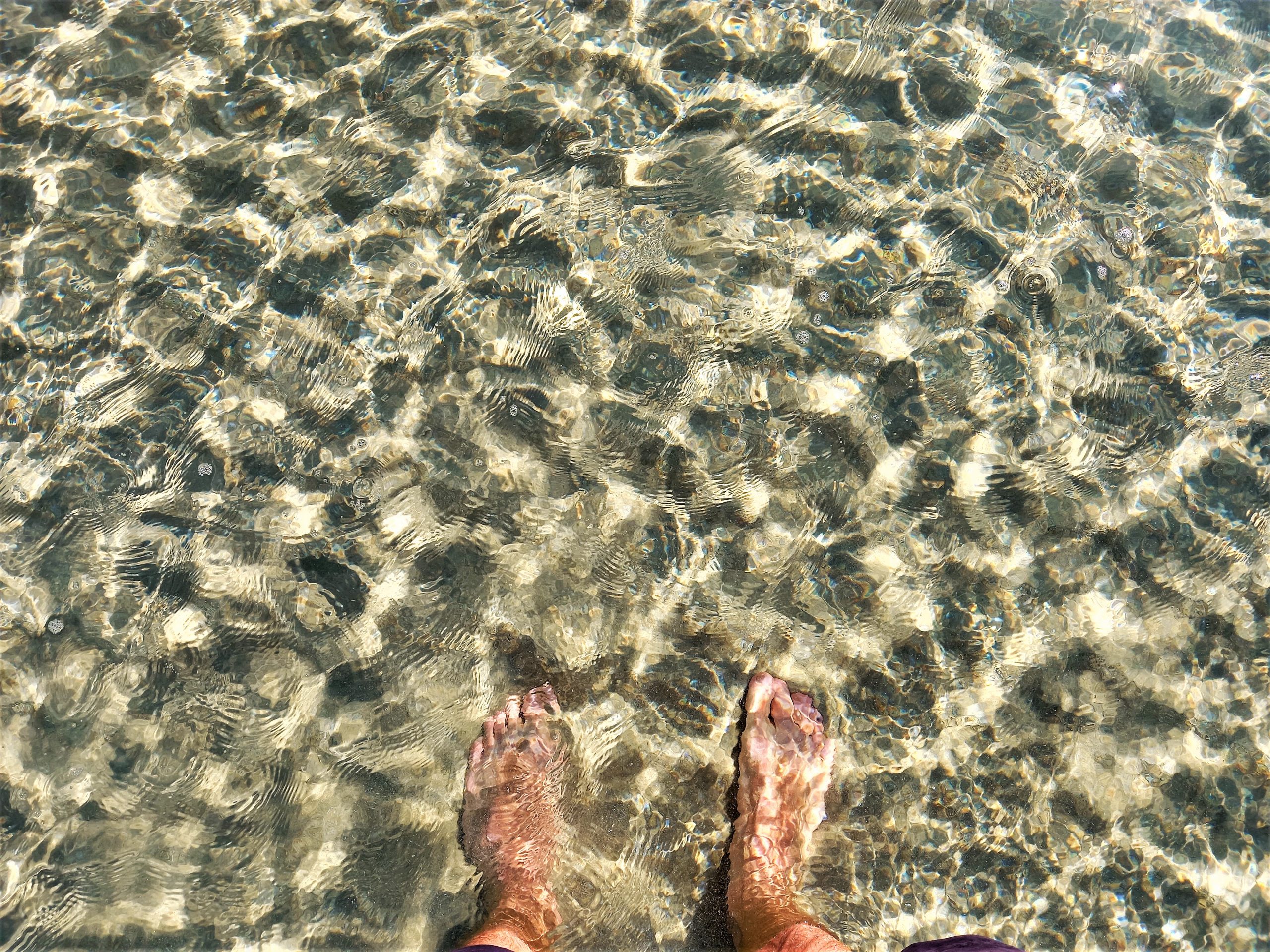
At night on my porch, listening to the rain and the thunder and the waves crashing on the beach, I read Hemingway’s ‘Big Two-Hearted River’ (1925) by candlelight with a glass of gin, soda and lime. The story, which describes camping in the pine forests of Michigan, reminded me on my own camping trips in the pine forests near Dalat at the turn of 2021, several months before the fourth wave. These trips, with six of my close friends, were symbolic of our having come through the ‘lost year’ of 2020; celebrating the freedom that we would enjoy from now on by being outside, under big skies and in nature. ‘Big Two-Hearted River’ made me deeply happy to recall those experiences with my friends, half of whom had now left Vietnam.

Separation
When Roelof and Angela’s son died suddenly back in the Netherlands, the ‘stranded guests’ at Mango Bay rallied round them in support. In any circumstance this is a tragedy, but, during the pandemic, travel restrictions meant Roelof and Angela were much further away from the Netherlands than they would have been in pre-Covid times. In order to return home for their son’s funeral, Roelof and Angela had to pull every string they could. It took days to arrange and was only finalized hours before they were due to leave. They departed in a bus on a cargo ship inside a container to the mainland, from where a 12-hour road journey through the night took them across the Mekong Delta, past 23 checkpoints, to Saigon’s Tan Son Nhat Airport, where they boarded an indirect flight to the Netherlands that would arrive just in time for the funeral, but only if everything went exactly according to plan. They had to organize and undertake this long and uncertain journey while under immense emotional stress. The travel time from Phu Quoc to Saigon alone would take 20 hours and cost a lot of money. In 2019, just 18 months prior, the same journey would have taken 35 minutes on any of the dozens of daily flights between the island and the mainland; fierce competition and budget airlines keeping ticket prices at $20-$40 one-way.
For me, and, I think, everyone else among the ‘stranded guests’, this tragic event brought home the reality of something we’d all been aware of since the pandemic began, but had done our best not to dwell on: the time and distance of separation between us and our loved ones on the other side of the world was much greater than it had been previously. If something were to happen to one of our family or friends, how would we get back?
*

I have lived 10,000 kilometres from my parents for over a decade. But, thanks to direct air routes between London and Saigon, we’re only a 12-hour flight apart. Despite living on the other side of the world from my mum and dad, door-to-door we are less than 24 hours from each other. Before the pandemic, my parents visited me in Vietnam regularly – at least once a year, sometimes more – and so did many of my friends from the U.K. For many years now, technology has been closing the distance between us. When I started to travel in Asia as a teenager, the only contact with my parents were postcards or very expensive, bad quality, long-distance phone calls; then, there was email; now, there’s quick, easy, and free video calls. When I first came to live in Vietnam, the only flights from the U.K were indirect, meaning the journey was relatively long, expensive and exhausting; now, direct flights make it much faster, cheaper and easier. In 2019, Vietnam was closer to the U.K. than it had ever been, and in turn I was closer to my parents and friends back in London than I had ever been since moving to Saigon. The physical distance was the same, of course, but technological advancements in communication and transportation closed the gap in journey-time and psychological distance: we felt nearer to each other. If there were an emergency, I could be in London within a day.
Coming up on two years since the pandemic began, this is the longest period of physical separation from my parents in my life. The same is true with almost all of my foreign friends in Vietnam. My family and I are well aware of this, but, like most families in similar situations, we make a conscious effort not to linger on it for the sake of our emotional well-being. My subconscious, however, continues to grapple with it at night, as my family and my U.K friends feature regularly in my dreams. My friend, James Bradley, put it succinctly (and chillingly) when, during a phone call, he wondered how old his adult children – who live in different parts of the world – might be the next time he is able to see them.

Re–opening
Within minutes of sitting down at Buddy Cafe, the keyboard of my laptop was covered in a layer of grime; soot particles entered my mouth and nostrils, grating the back of my throat on their way down to my lungs; next door, pneumatic drills screamed and piledrivers pummeled the earth, filling the air with a fine, grey dust; the current of passing traffic left a haze of exhaust in its wake, motorbikes regularly grazing each other – inches from an accident; fishing boats in the harbour spewed black clouds of diesel smoke into the air that drifted over, then descended upon the cafe, filling my pores with grit; the cacophony of engines made my eardrums throb and the saccharine pop music in the cafe got on my nerves as I inhaled the secondhand smoke of my fellow customers. Is this really what ‘normal’ life was like; did we really live in these noisy, polluted, dangerous conditions day-to-day before the lock-down, before the fourth wave, before the pandemic? Had I really become institutionalized during my 100 days of isolation, living in the comfortable, nature-filled, quiet cocoon of Mango Bay?
It was 7 September – Phu Quoc’s ‘freedom day’, when the island lifted most of its restrictions: no more curfews or road blocks or travel bans; shops, markets, cafes, restaurants and bars all allowed to open again. Meanwhile, on the mainland, most cities and provinces were still under severe restrictions.
*
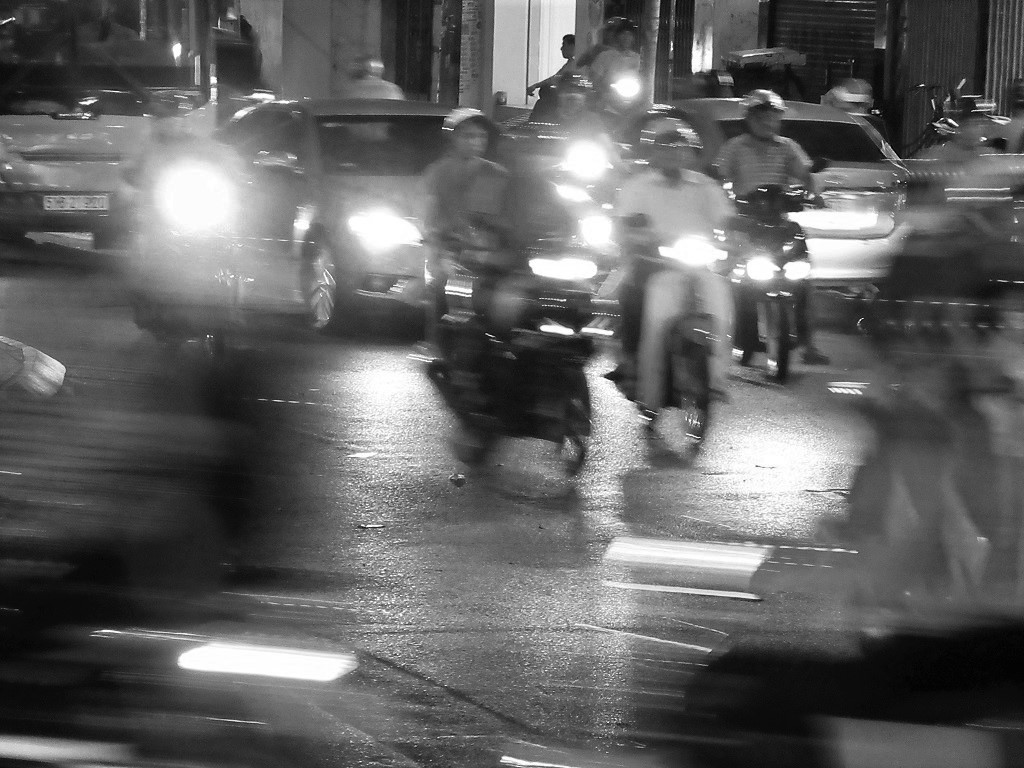
As I got up to leave the cafe, another smell wafted over from the street: barbecued pork, lemongrass and sweet fish sauce: cơm tấm – the classic street-side dish whose aroma permeates the air in all southern towns, or at least it did, before the pandemic. As I followed the smell out onto the streets, new aromas took over: buttery sweetness from the a hole-in-the-wall Vietnamese-style donut shack, jasmine tea from a fisherman’s coffeeshop, grilled fish on a length of sugarcane from a roadside barbecue, and the rich, meaty, citrusy scent of bún bò Huế from a noodle house. Unable to resist, I entered the latter and sat on one of the low stools. The owner’s children played on the linoleum floor of the dining area, their two dogs for company. My bowl of soup arrived, delivering a cleanse for my sinuses: breathing in the broth was like a inhalation of Tiger Balm. A peal of thunder made everyone in the soup house jump; the kids started to cry. Outside, the day went dark, lights came on and the rain crashed on the asphalt. Cosy, safe and sated, I sat in the refuge of the noodle house, talking with the owners about anything I could – my Vietnamese was rusty after lock-down. In the streets, traffic slowed, the heat was tempered by the rising damp, and the construction was halted by the weather. I’d missed this. I’d missed the warmth of local life, the minutiae of Vietnamese towns and cities – the food, the animals, the children, the chats, the smiles, the smells. This was normal life, and I was excited – almost tearful – to be part of it again.
*
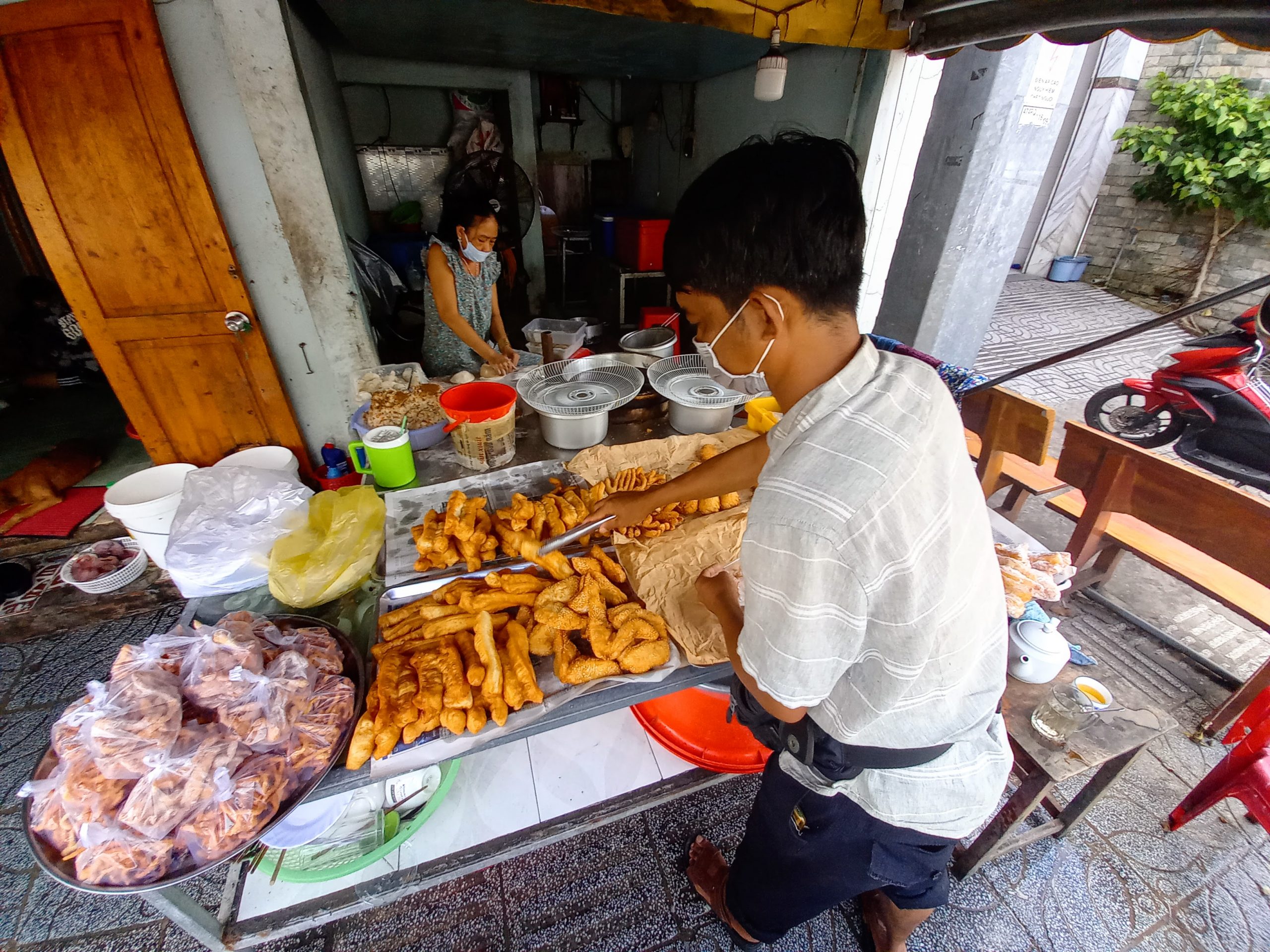

The cluster started in An Thới, the southern port of the island. Up to that point, Phu Quoc had been a fortress, having endured the fourth wave – and all of the lock-downs and restrictions that the rest of the nation was subject to – without recording a single community transmission of Covid-19. But, less than two weeks after reopening, a group of infections was discovered on the island and the numbers doubled each day after. Suddenly, the post-lockdown elation and the prospects of the resumption of transportation off the island were gone. Surely, restrictions would be reimposed, the island would close again, and we’d be confined to our local area once more.
However, the outbreak only seemed to jolt the local authorities into action. Almost immediately, Phu Quoc’s vaccination program, which had been dead since July, restarted: vaccine doses began arriving on the island; we were given dates for our first shot; Phu Quoc was, once again, a priority. Within six weeks of the outbreak, almost everyone on the island – with a population of some 150,000 – was double-vaccinated, and commercial flights to and from the mainland resumed. No new restrictions were imposed; there was no return to lock-down. By the end of October, the island was busy, bustling, and beautiful in the sunny, calm weather of the early dry season. A date was even set for the resumption of international tourism: 20 November.
When I left Saigon, back in May, I had no expectation of being vaccinated. Four months later, the circumstances of my first shot on Phu Quoc were tense, chaotic and confusing. But, when I was called up for my second dose three weeks later, lessons had clearly been learned, because the process was swift and efficient, almost alarmingly so: I’d barely finished filling in my vaccination form before there was a needle in my arm and I was free to go. By the last week of October, all the ‘stranded guests’ at Mango Bay had been double-vaccinated.
*
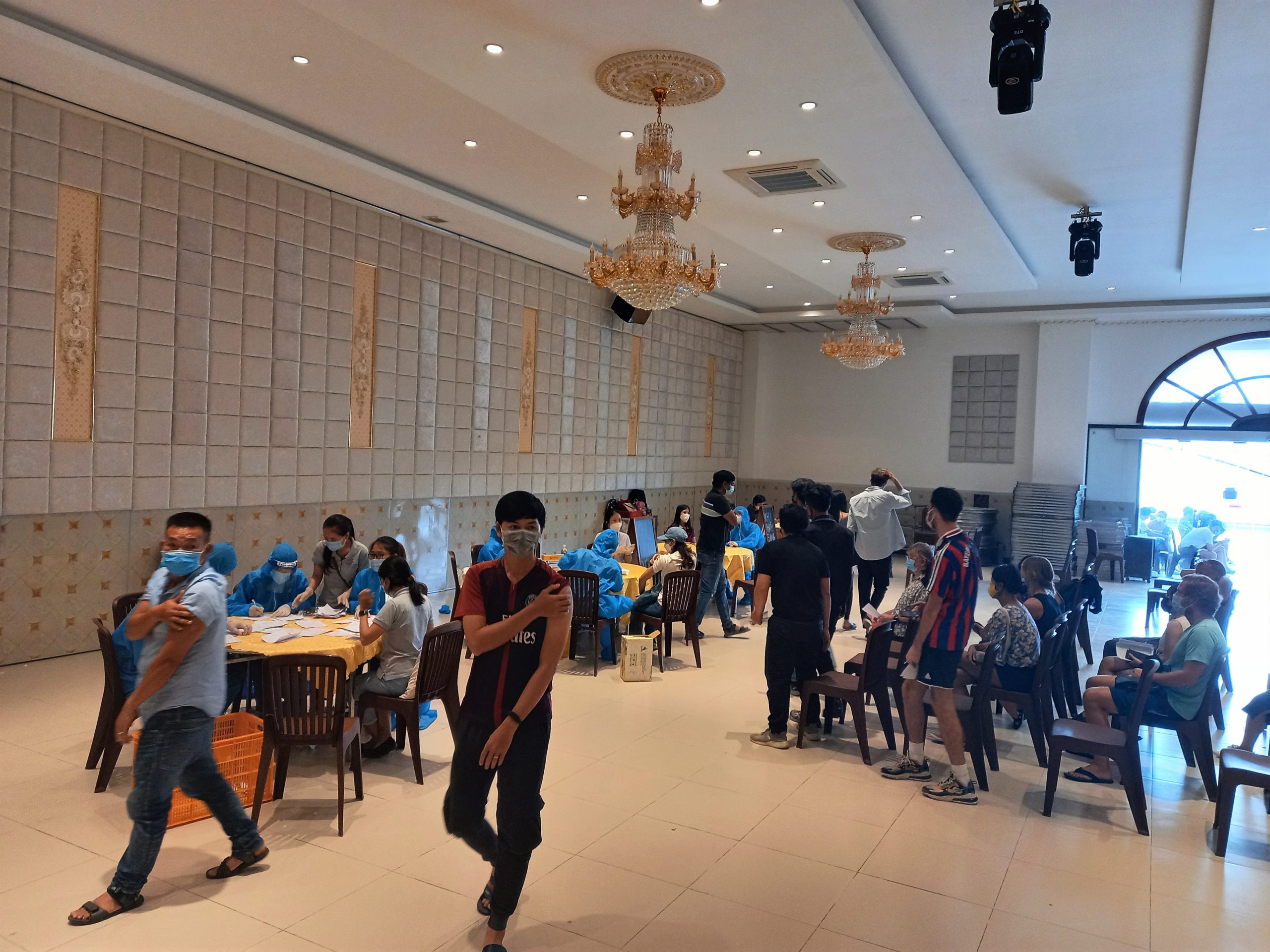
Saying goodbye was difficult and emotional, but not sad. Over the course of ten days in October, as flights to Saigon and Hanoi resumed, each of the ‘stranded guests’ at Mango Bay left the island. We’d spent three months living together and had become good friends. But there was no reason to be sad: the experience we’d shared had been almost entirely positive. We’d been fortunate to spend lock-down on Phu Quoc Island, rather than in Saigon or Hanoi; we’d made new friends and enjoyed our time together; we’d received our vaccinations and we’d not suffered during the fourth wave – we still had our jobs and our health. I would miss the company of the ‘stranded guests’, but ultimately I left Mango Bay will a new group of friends and rich memories.
However, unlike the others, I had no good reason to leave the island. A couple of my friends from Saigon would be arriving on Phu Quoc soon, intending to take a break from the city after several long months of lock-down, and work remotely on the island for a couple of months. The weather was improving; costs were still relatively low; I had plenty of new articles to write for my website; and my school wouldn’t reopen until January, 2022.
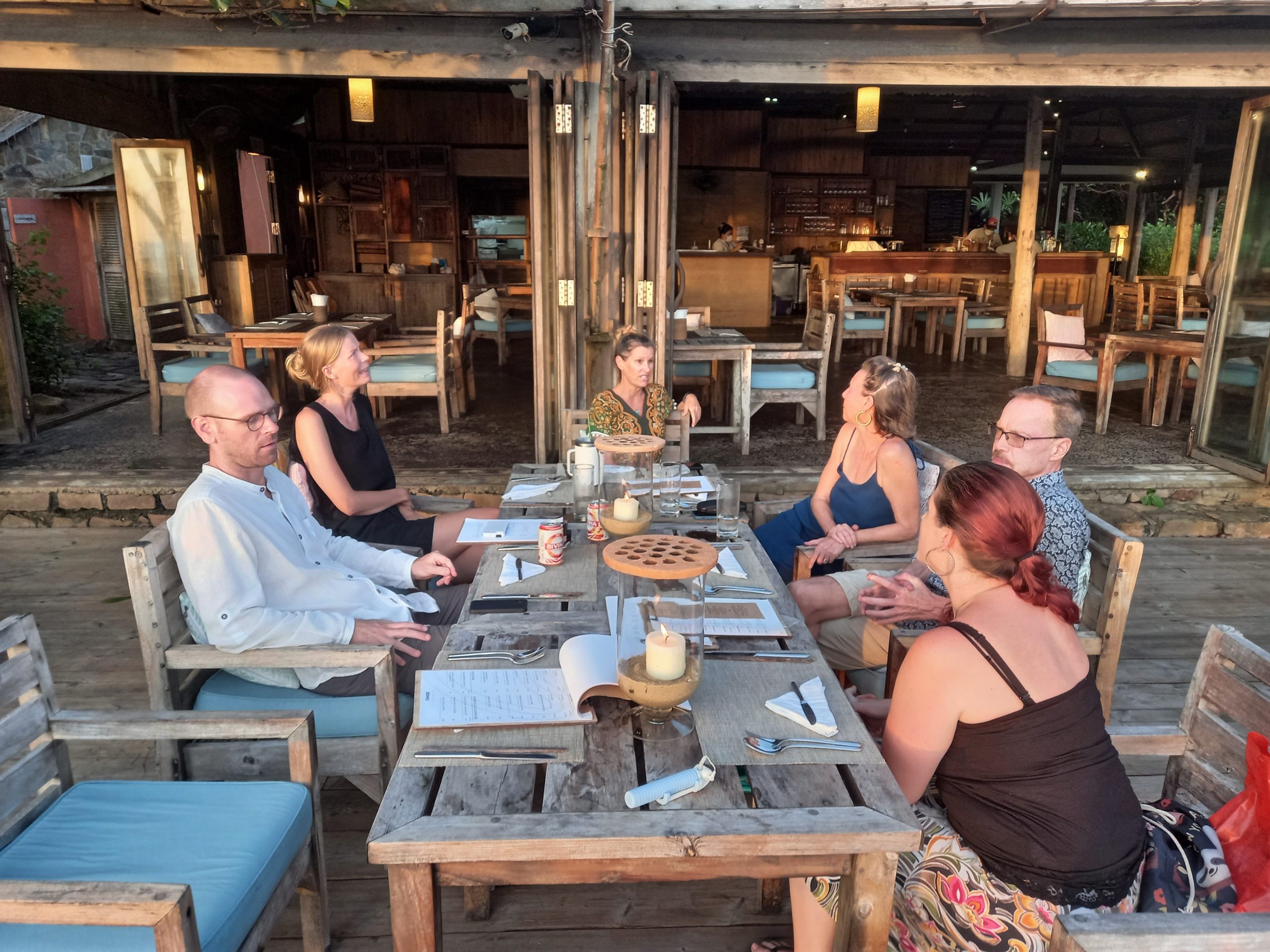
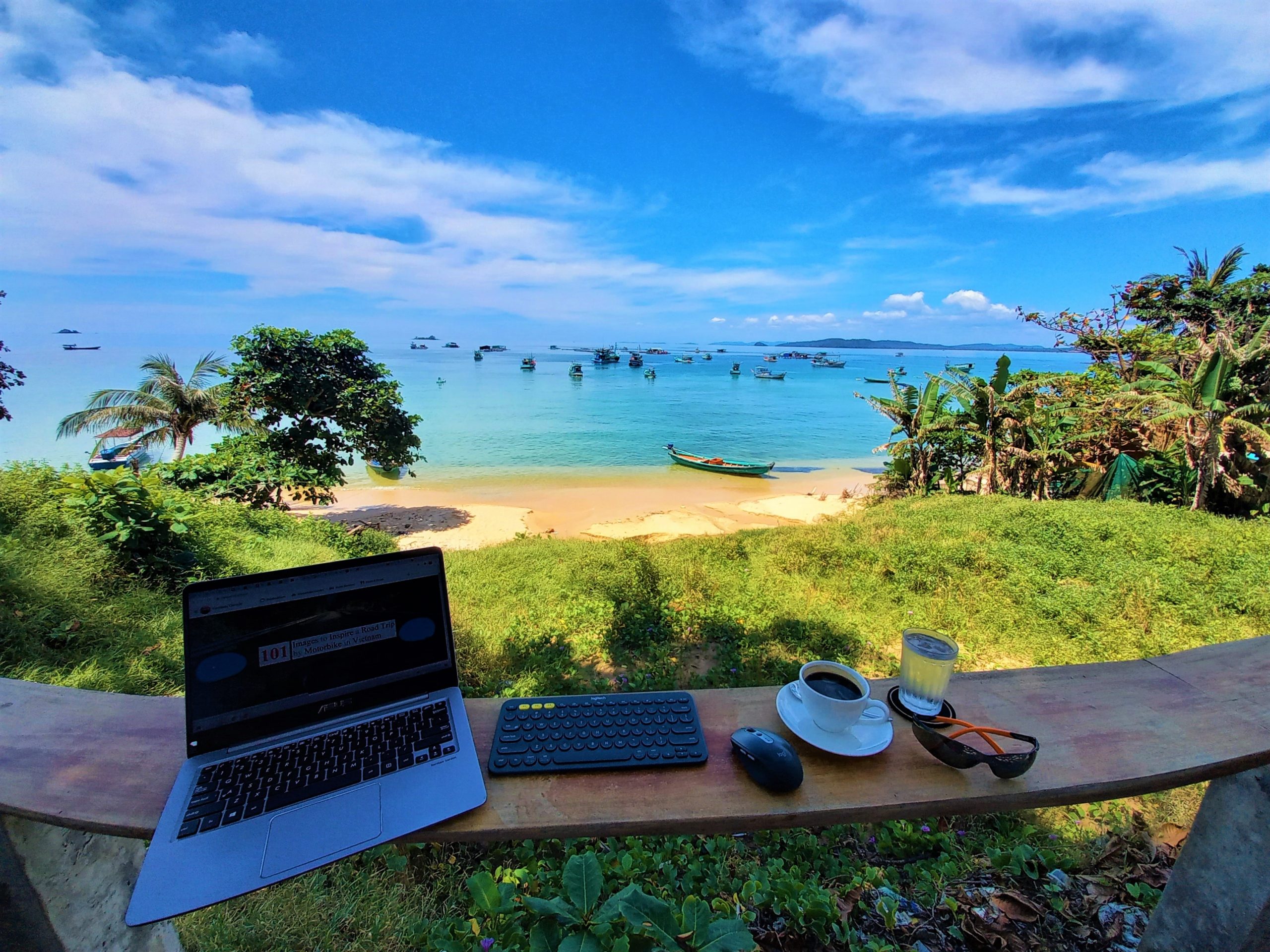
Living with the Virus
In early October, 2021, a video of domestic migrant workers attempting to leave Saigon after lock-down restrictions were eased, went viral. The clip captured scenes of a large group of people – men, women, children; whole families – as they were stopped on their motorbikes at the city limits by authorities, who couldn’t let them continue on their journeys back to their home provinces, because it was a health risk. In a last gesture of desperation – having endured months of lock-down in Saigon without jobs or income or, in some cases, permanent shelter – the group dismounted their motorbikes, lit sticks of incense, held them above their heads, prostrated themselves on the asphalt and bowed to the policemen, pleading – praying – for permission to pass. This is an act normally reserved for the invocation of gods, spirits and ancestors at temples, shrines and home altars. Such was the devastation of lock-down for migrant workers in the south that, over the next weeks, there were many more scenes like this, as tens of thousands tried to leave Saigon and the surrounding industrial zones to return to their quê hương (home villages), having lost their jobs long ago but not having been able to leave the city due to pandemic travel restrictions.
*
The national strategy shifted to ‘living with the virus’ from October, 2021. Lock-downs and restrictions were gradually lifted over the course of the month and tentative plans were made for the reopening of businesses, schools, factories, domestic transportation and the resumption of international tourism. A year before, if you were to arrive by plane at any Vietnamese city, there would have been little evidence of the global pandemic: the nation appeared to be open, busy and functioning at full capacity. Vietnam was one of the few markets that continued to grow amid the pandemic, in 2020. While many Western economies contracted, The New York Times reported Vietnam was expected to be the fastest growing economy in the world that year.
But the fourth wave changed everything. In 2021, Vietnam’s third quarter growth was the lowest in 20 years, demonstrating the impacts of the pandemic and, in particular, the lock-down, on the economy. A generation of economic growth was stopped in its tracks in just three months, between July and September, the height of the fourth wave and the strictest period of lock-down. And, with this, the sense of national pride about Vietnam’s pandemic response that was generated during 2020, evaporated. Conversations with my Vietnamese and foreign friends became more critical of the national strategy and people expressed frustration.
*
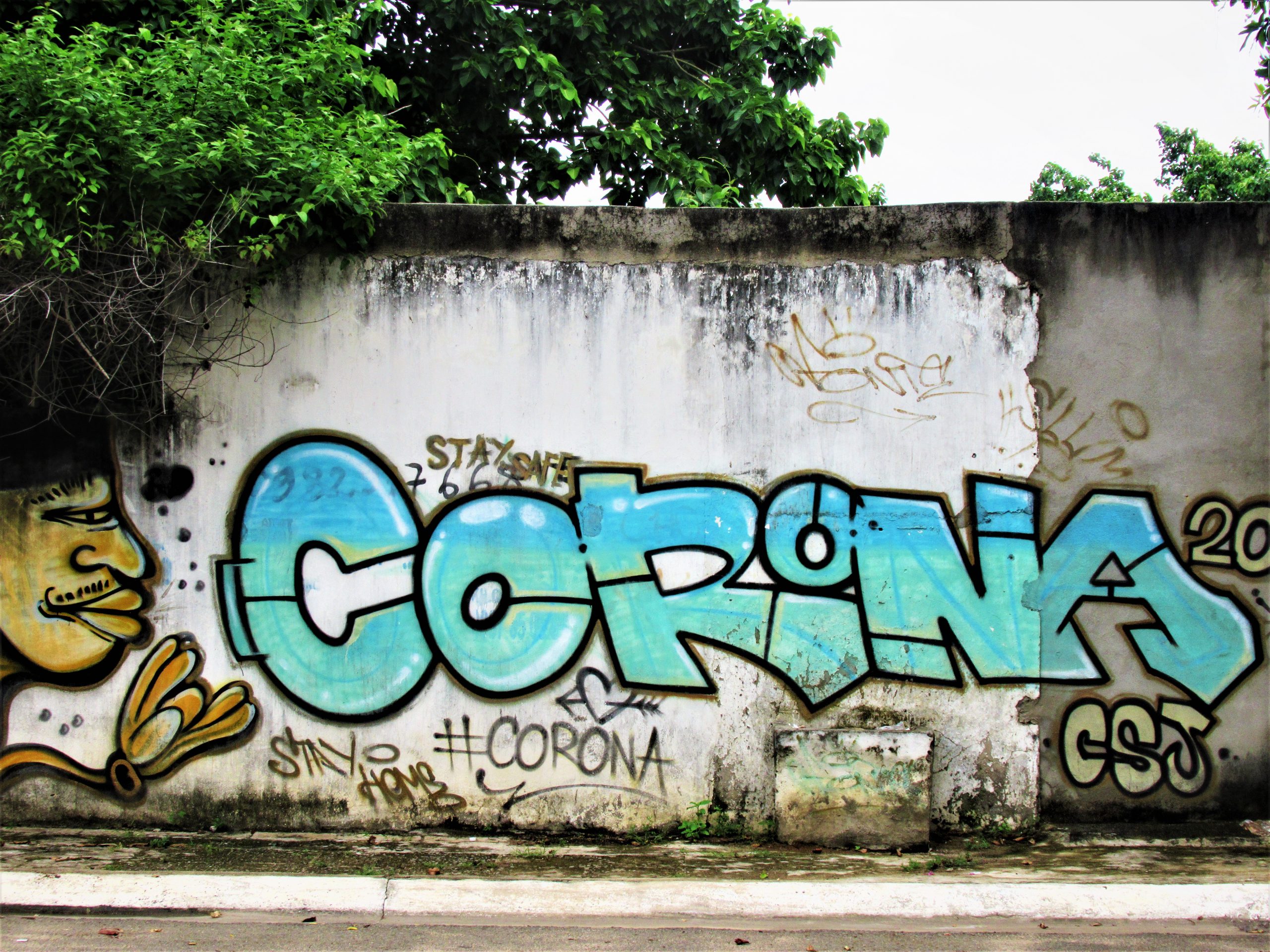
Domestic migrant workers are the backbone of the southern industrial economy, which is in turn the backbone of the national economy. Many of the factories in the southern powerhouse rely on a domestic migrant workforce, and many people in ‘informal employment’ in Saigon – such as street food vendors – also hail from distant provinces. In Saigon, most of the people I interact with on a daily basis in my local neighbourhood – street vendors, cafe staff, market workers, taxi drivers – are all from far away provinces, and all rely on passing trade to sustain their business. During lock-down, when people were required to stay home for months, there wasn’t any passing trade, so there wasn’t any work.
When the mass re-migration of workers back to their home provinces began in October, public transportation still wasn’t operating: people had to embark on the long journey home with their entire families and all their personal belongings loaded onto motorbikes. Even in normal circumstances, these journeys – sometimes as far as the northern mountains, 2,000km from the southern industrial provinces – would be long and arduous. But October is typhoon season, and multiple check-points meant progress was slow, including Covid-19 tests at every provincial border. The trips would involve days on the road – sleeping on curbsides, riding through storms – before returning home, jobless. Some reports estimate over 40% of the industrial south’s workforce was lost during this mass re-migration.
*

‘Vietnam’s luck runs out’ was a common phrase in headlines and articles in international media reporting on the fourth wave. And yet, it still seems remarkable to me that Vietnam has contained the virus to the extent it has, even as it emerges from its worst outbreak of the pandemic by far. In my home country (the UK), total Covid-19 cases since the pandemic began are close to 10 million (November, 2021). To put that into context, for Vietnam to reach a similar number of cases relative to its population, there would need to be over 14 million infections: the current figure stands at just over one million. And Vietnam has achieved this level of pandemic control without the healthcare, infrastructure, financial resources and access to vaccinations that the UK has had. Of course, no one knows what 2022 will bring, but as things currently stand, Vietnam’s pandemic response is still one of the most impressive in the world.
*

Toward the end of 2020, Vietnam seemed well-placed to take advantage of its successful containment of the virus by welcoming back foreign tourists in 2021, when international travel would resume. Indeed, a marketing campaign was already underway, promoting Vietnam as a ‘safe’ destination. But the fourth wave put an end to this. Although the travel industry was buoyed by the domestic market for most of 2020, foreign tourism to Vietnam has been obliterated by the pandemic: the nation’s borders have been effectively closed since March, 2020.
However, there’s now renewed hope that it won’t be too long before international visitors – perhaps readers of this website – will be able to travel to Vietnam once again. At the time of writing, a new Vietnam national tourism campaign was released for 2022, with the tagline ‘Live Fully in Vietnam’ – whatever that means. This may sound just as irrelevant, ambiguous and ludicrous as every other national tourism campaign, but the point is that the government sees tourism as a big part of Vietnam’s economic recovery, and of the nation’s global appeal and reputation post-pandemic.
On the day I’m publishing this article (20 November), the first international commercial flight (carrying South Korean tourists) is due to land on Phu Quoc. The island, along with Nha Trang, Danang, Hoi An and Ha Long Bay, is part of the first phase of a proposed reopening of international tourism. However, for the moment, travel is limited to rigid, all-in-one package tours. Fully independent travel to Vietnam from abroad seems unlikely to resume before the second quarter of 2022.
*
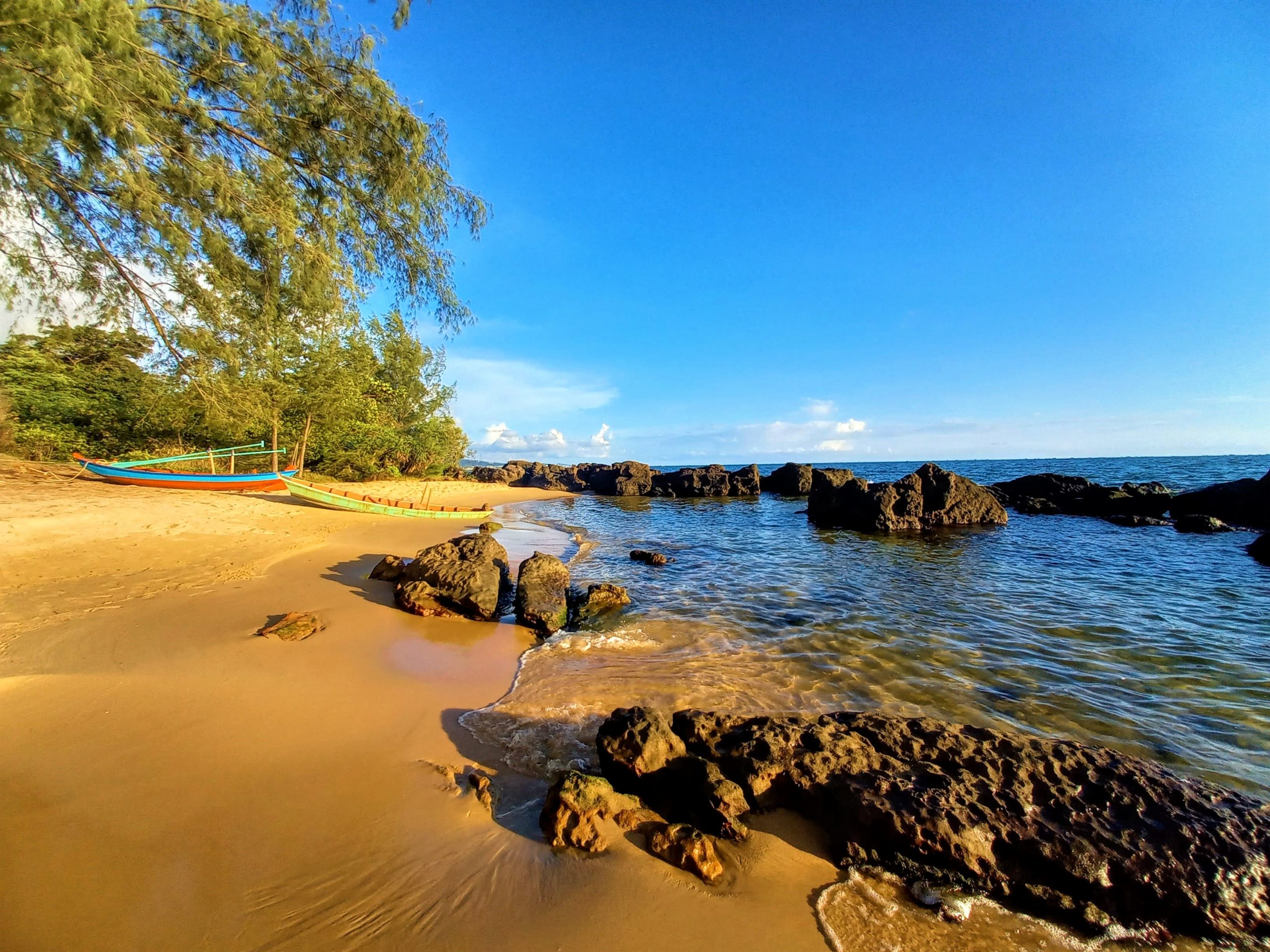
People in Vietnam are tired of the pandemic: suffering economically, emotionally and psychologically, just like much of the rest of the world. But, in Vietnam, people are also eager to get going again: there’s no lock-down hangover, no lethargy, no hesitancy. The fourth wave is ongoing, but there’s a sense of optimism and relief as we near the end of 2021. Restrictions have eased, vaccinations rates are high, many people are back at work again. But the future is still uncertain. After an initial drop in Covid-19 cases post-lockdown in October, the infection rate has, inevitably, risen steadily in November. Daily cases are nearly at the same level they were in August and September, at the height of the fourth wave. Deaths, however, are down dramatically.
I would like to predict that, over the course of 2022, things will continue to open up in Vietnam. Schools will go back after either the solar or lunar new year; everyone will be back at work after the Tet holiday, in February; cities will be burgeoning again by April – exactly a year since the beginning of the fourth wave; international travel will resume by June; and I will be able to see my parents again before the year is out. But the past two years have taught me not to look, or plan, any further into the future than a couple of weeks: anything beyond that is anyone’s guess.
*
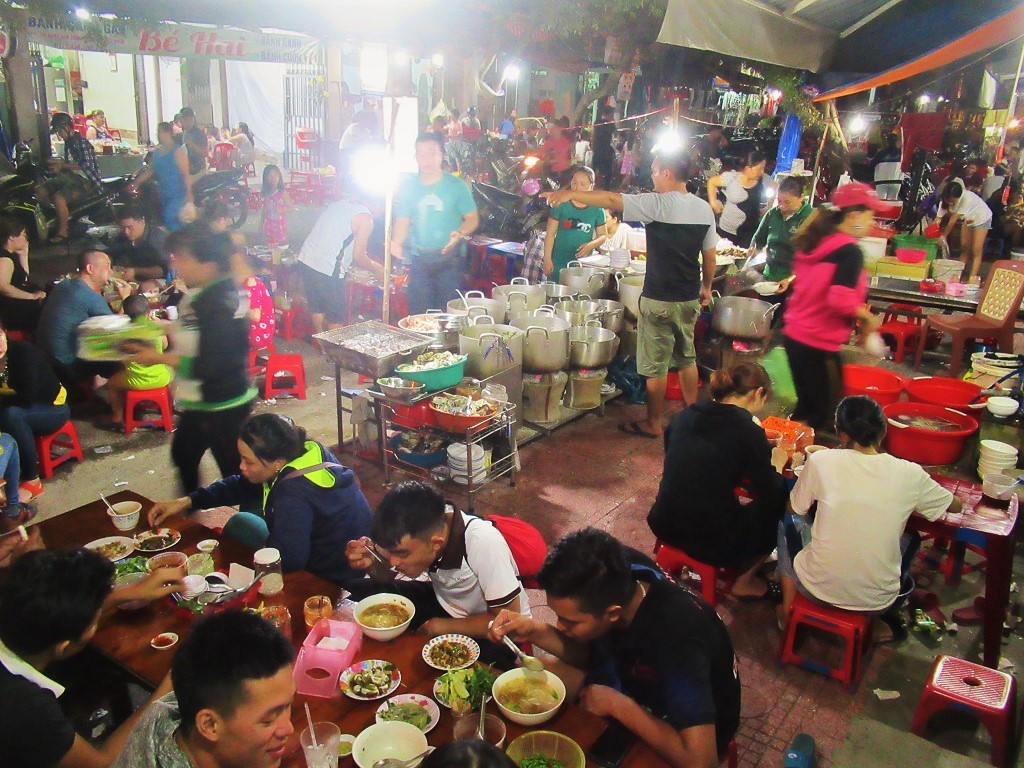
In the past, during difficult periods in my personal life in Vietnam, my teaching job has kept me sane: kept my spirits up, my problems in perspective and my mind focused. Indeed, I have missed my students during the fourth wave – the last time I taught was in May, 2021. All aged between 6-12 years, they are energetic, quick to smile and to have fun, full of life, and disconnected with ‘current events’. Being around them is life-affirming. (One wonders what long-term effects these last two years of disruptions might have on those children, for whom two years represents a significant portion of their lives.) In the absence of teaching, during the fourth wave my website has kept me occupied, busy and engaged; given me purpose, motivation and drive throughout the last six months, helped massively by my context of Phu Quoc Island, and by the people – the friends – I’ve made along the way.
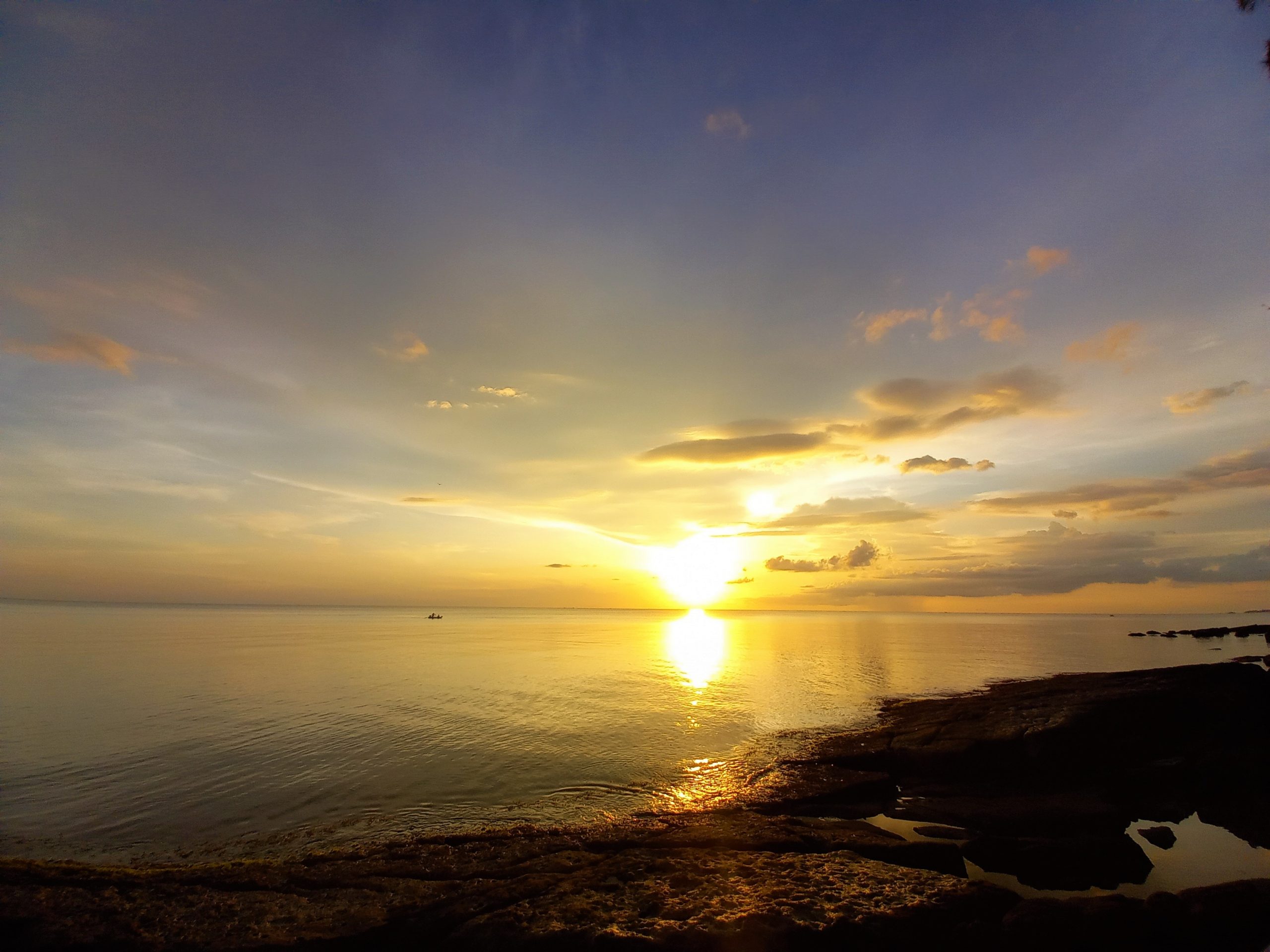
*Disclaimer & Disclosure: This is not a piece of journalism. Rather, it’s a personal recollection & an attempt to tell a story based on my experience during the 4th wave of the pandemic in Vietnam. In this account, I am most concerned with the narrative & my own emotional & intellectual response to, opinions of, and reflections on, the Covid-19 outbreak in Vietnam between May-November, 2021; I am less concerned with exact figures & dates. If you wish to fact-check anything in this piece, it’s easily done with a simple Google search. I have no affiliation with the Vietnamese government nor do I belong to any other political group in Vietnam or abroad. The opinions & ideas expressed in this article are my own & I have not received payment of any kind: I’ve written this article only because I want to. Much has been written about Vietnam’s pandemic response (both positive & negative) in the domestic & international media, most of which is available online for free. I encourage anyone who’s interest is sparked by anything written on this page to read more on the subject. My account is only one perspective. For more details, see my Disclosure & Disclaimer statements and my About Page.

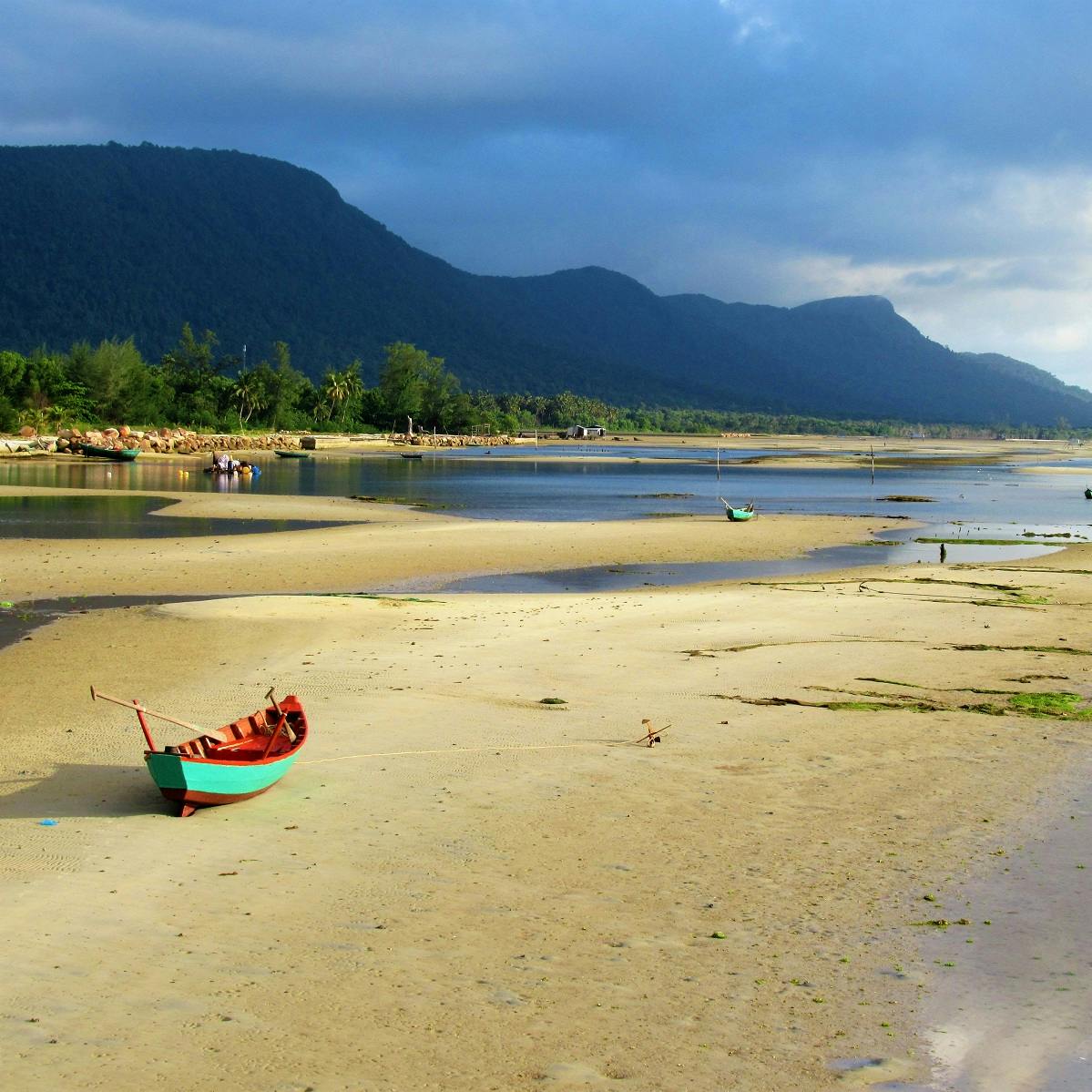
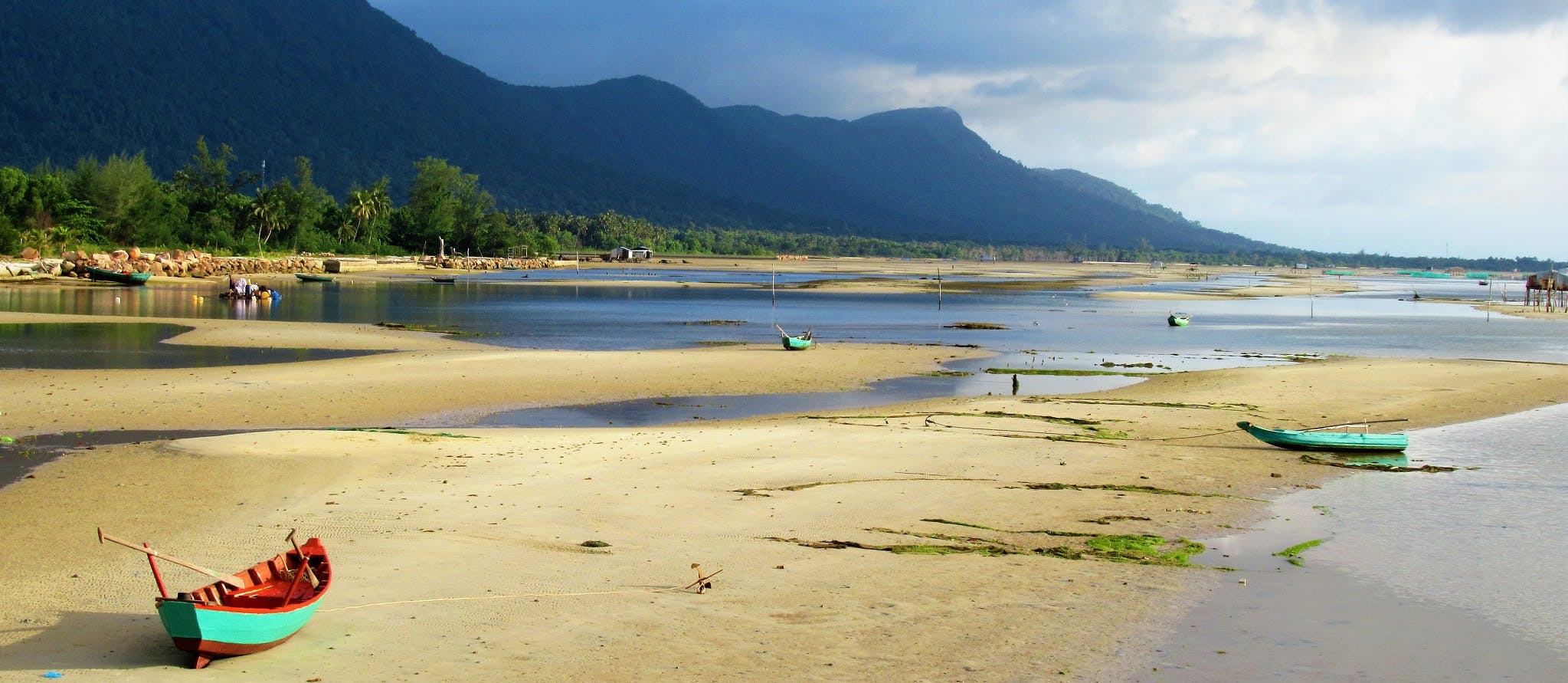
It took me a while to get around to reading this Tom, because of my own personal situation in Vietnam in November. As I try to readjust to life in the US, I finally read from beginning to end. And glad I did! An emotional journey that I’m sure many can relate to. My 18 months in VN started with 3 weeks of quarantine on Phu Quoc at one of the Vin Pearl resorts. A similar but different experience!
Hi Greg,
Thank you, It’s great to hear to got time to read through this piece. And I’m sure it was more familiar to you having experience a period of quarantine on the same island too.
I’m sorry to hear you had/wanted to return to the US. I hope you are managing to readjust to life there, and that you may return to Vietnam again some day.
Best,
Tom
Thank you Tom for this wonderful read. It left me elated, sad, excited, yearning to come back and filled with all the human emotions this pandemic has exacerbated. The longing for connection, to be safe, to be alive.
Hi Noemi,
Thank you. I’m sure many of us have felt similar emotions over the last 18 months. I hope you are able to re-visit Vietnam in 2022.
Best,
Tom
–
Very good and gripping reading. I have read your last two articles about the time in Vietnam the last two years.
I am married to a woman from Vietnam and we left Vietnam on March 6, 2020 just in time to return home to Norway before the shutdown.
You have certainly had a great time at Phu Quoc, but I understand that it has not only been easy, as you write: “… During difficult periods in my personal life in Vietnam, my teaching job has kept me sane: kept my spirits up, my problems in perspective and my mind focused. Indeed, I have missed my students. ”
I see you write that VN may open for regular tourist visits in the second quarter of 2022. I hope so! We would love to return to VN soon. My wife wants to return to her house and family in Saigon and I would like to return and up to Dalat’s pine forests to see and photograph all the beautiful birds in VN.
Thank you for this informative and great article about the pandemic time in VN. And your lucky time at Phu Quoc. ❤️
Hi Stein,
Thank you for your kind words. I’m glad to hear you have found my pandemic articles interesting.
Yes, the current plan is that Vietnam may reopen to independent international travellers by the middle of 2022, but anything could happen between now and then. In fact, some people think it may reopen sooner, because of increasing pressure from the tourism industry, as Vietnam’s neighbours, such as Cambodia and Thailand, have already reopened. But who knows. I will do my best to keep readers of this website up to date.
Either way, I hope that you and your wife will be able to return to Vietnam soon.
Best,
Tom
Good Morning Tom I love reading your Coracle and the interesting places you visit. At 75 years old I am restricted to the main cities. I intend to get back to Saigon an Hoi An again as soon as the flights start operating, have you heard when this might happen. Regards John
Thanks, John.
Travel within Vietnam is pretty much open again right now. But from abroad the current plan is the reopen to independent travellers by June, 2022. However, that may well change, of course. I will try to keep readers of this website updated (either with articles or through my social media channels) if there are any developments.
Best,
Tom
You did well to escape Saigon just before that lock down. I imagine it would have been an endurance test being cooped up for months in an apartment in the city. As it turned out your stay on Phu Quoc looks like it turned out to be idyllic under the circumstances – turning a disaster into an opportunity. Definitely one of those unique, odd, unlooked for experiences that imprints itself onto your memory for the rest of your life.
I have had an easy pandemic compared to most down here in Western Australia as we haven’t had Covid properly yet and soon almost everyone will be fully vaccinated. However the borders of the state have been more or less closed for 18 months so I have been trapped here. I have been looking forward to travelling again particularly to Vietnam but before that becomes realistic WA needs to open the borders and then Vietnam needs to get highly vaccinated enough to open up too. Hopefully some time in 2022!
Looking forward to the next installment. I really enjoy these posts.
Thanks, Tim.
Yes, you’re right, it would have been very hard to live through lock-down in Saigon, and I’m very happy to have been able to be out of the city for that period.
Glad to hear Western Australia is faring well. The vaccination rate in Vietnam is already impressively high and at the moment the (tentative) plan is to reopen the borders for independent travel by June 2022. But, we’ll see.
Best,
Tom
Enjoyed reading this article, nice to get a sense of how you and vietnamese people experienced this.
Thanks Tom
Thanks, Erik. I’m glad you found it interesting.
Best,
Tom